ddHiFi Memory Review
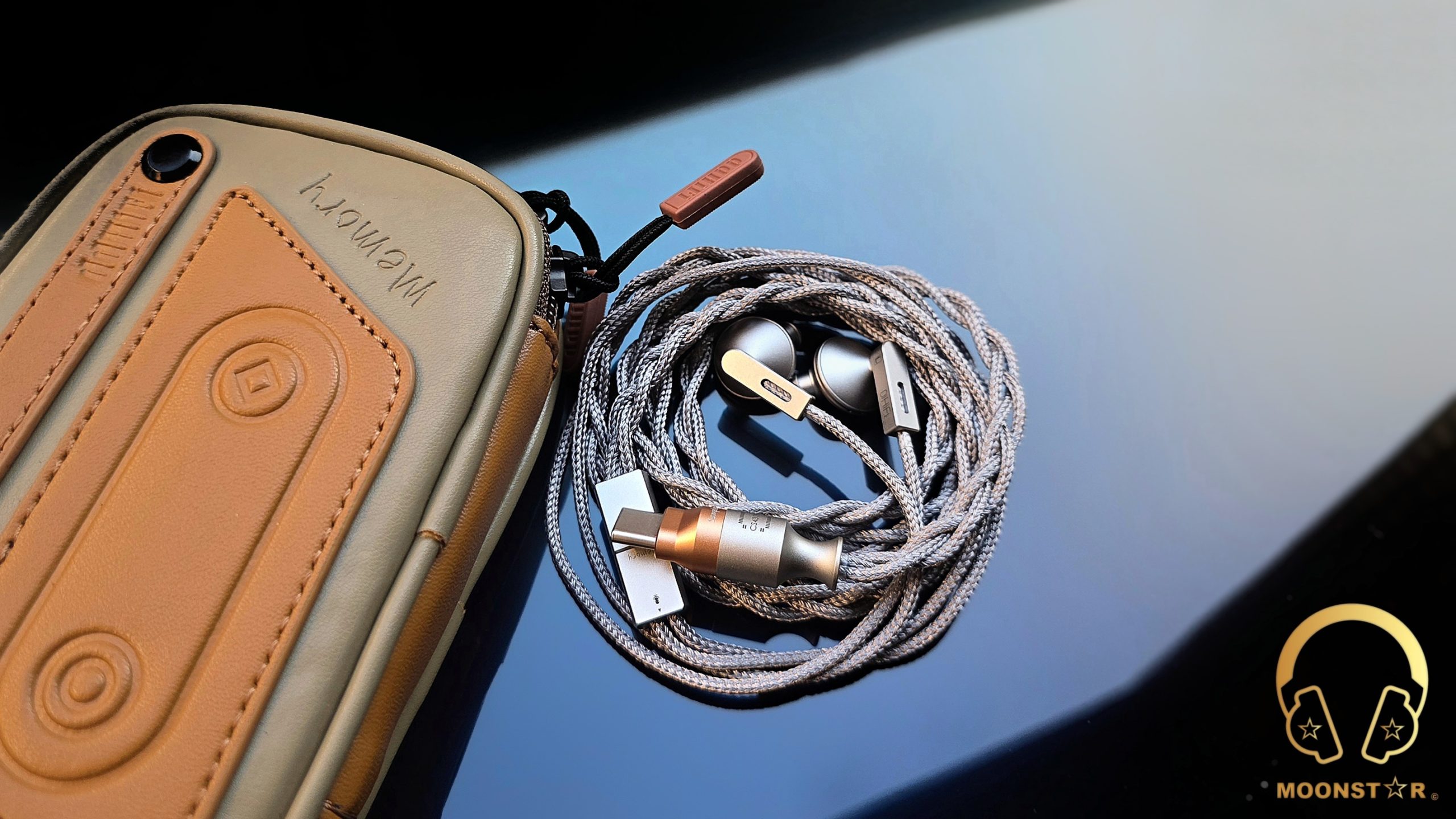
ddHiFi Memory Review
Introduction:
The ddHiFi Memory (E13P), a collaborative effort from ddHiFi and Moondrop, is an in-ear monitor (IEM) that integrates audio technology with portability. It features a 13mm planar magnetic driver and a USB Type-C DAC powered by a CS43198 chip, supporting decoding up to 32-bit/384kHz. The unique semi-in-ear design and a retro-modern aesthetic combine style and functionality. This review evaluates its design, sound characteristics, and overall value, providing a comprehensive perspective based on direct use and testing.
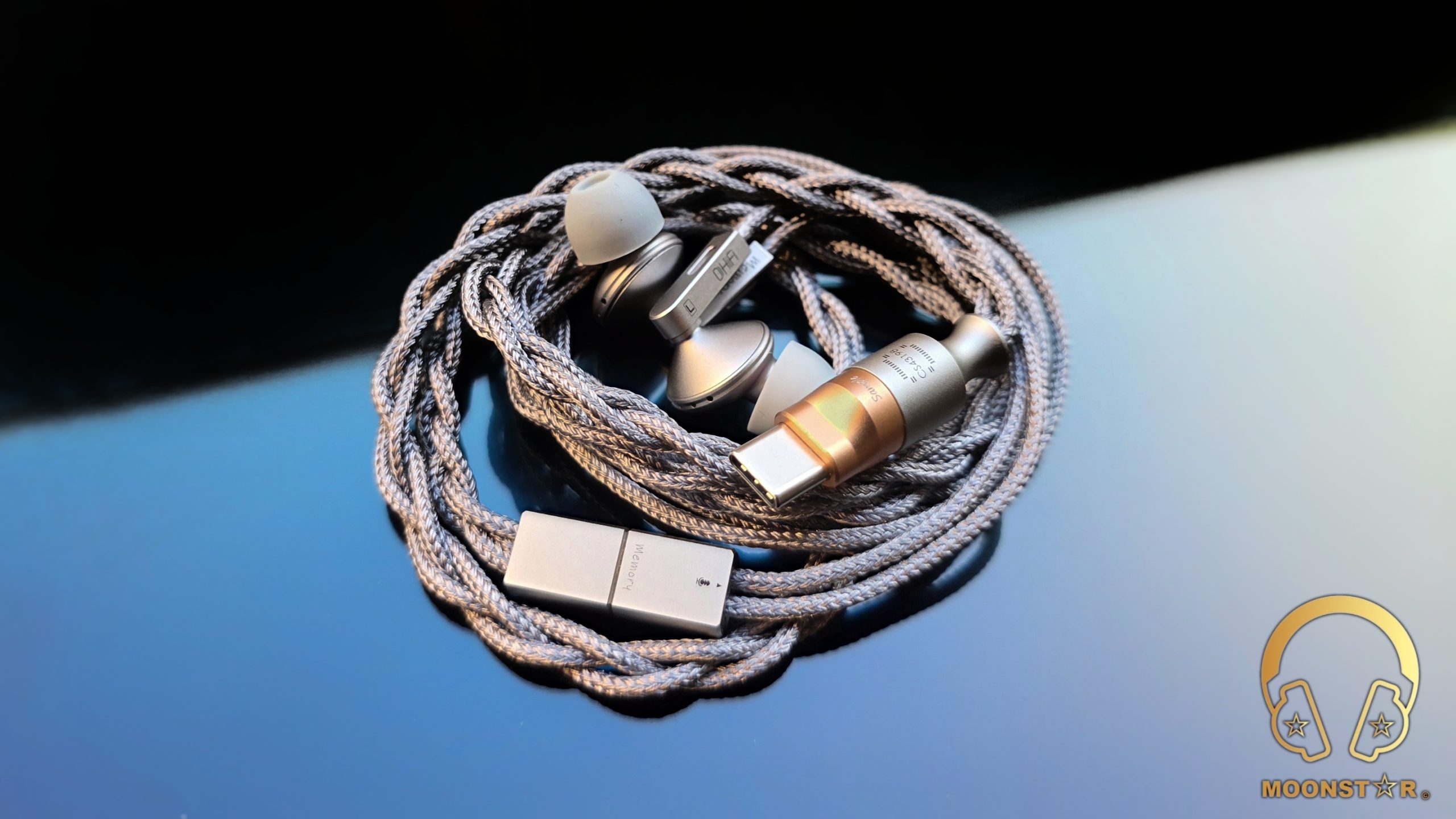
Disclaimer:
would like to thank ddHiFi for providing the Memory for review purposes. I am not affiliated with ddHiFi beyond this review, and these words reflect my true and unaltered opinions about the product.
Price & Availability:
The ddHiFi Surface is priced at $169.99, positioning it as a competitive option. It can be purchased directly from the official ddHiFi website. More information’s can be found under the link below;
Package & Accessories:
The ddHiFi Memory arrives in a distinctive white box featuring an artistic, black-and-white anime-style illustration on the top and sides, capturing a playful and unique aesthetic. The “ddHiFi Memory” branding is subtly integrated into the design, along with model information. This artistic packaging sets it apart from typical audio product boxes, offering a personalized and engaging unboxing experience.

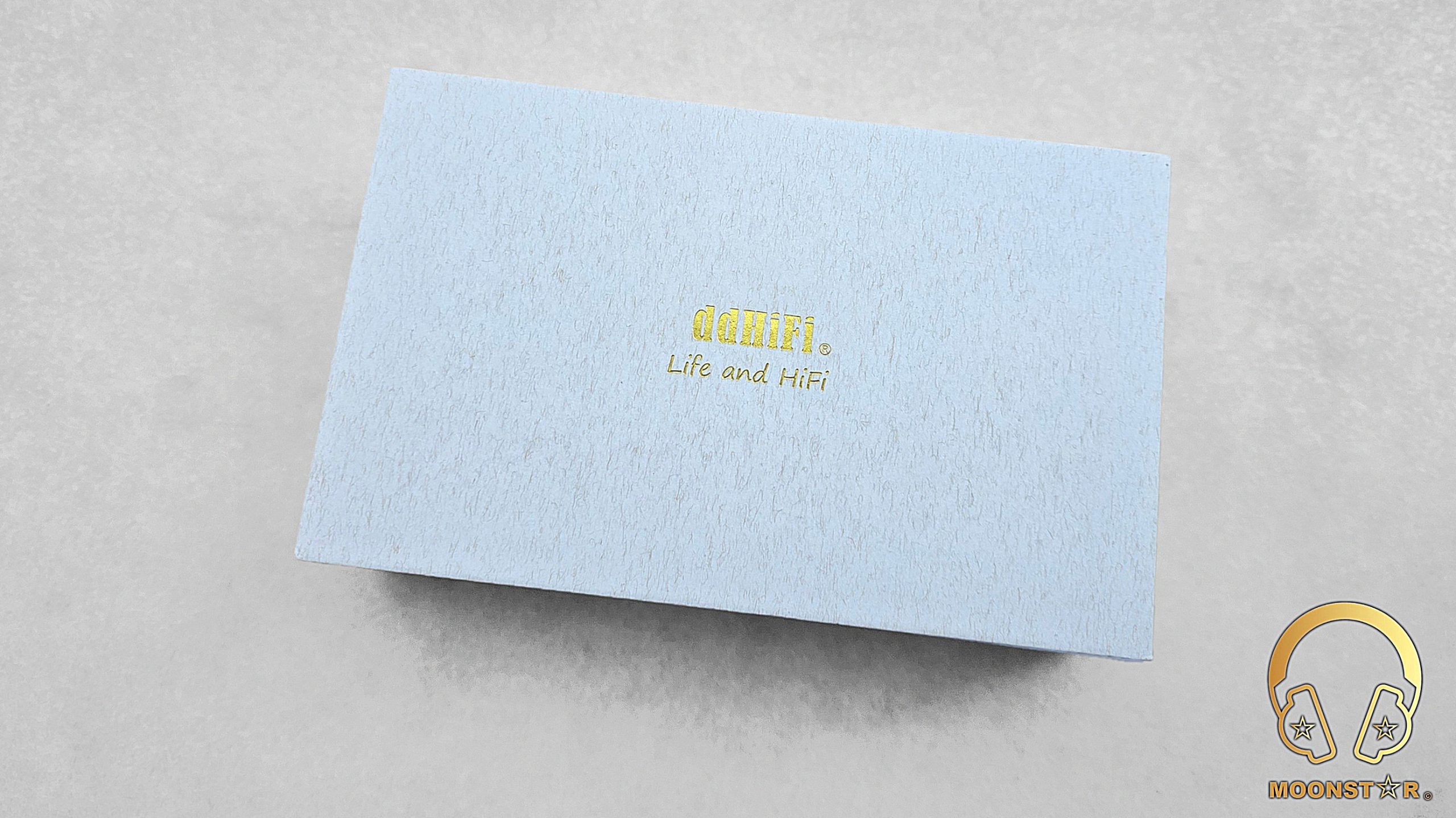
Inside, the package includes:
- 1 pair x ddHiFi Memory In-Ear Monitors with integrated USB-C DAC cable
- 3 pairs x KIWIFLEX Silicone Ear Tips (S, M, L; S pre-installed)
- 1 x CZ120 Storage Case
- 1 x User Manual
- 1 x Warranty Card
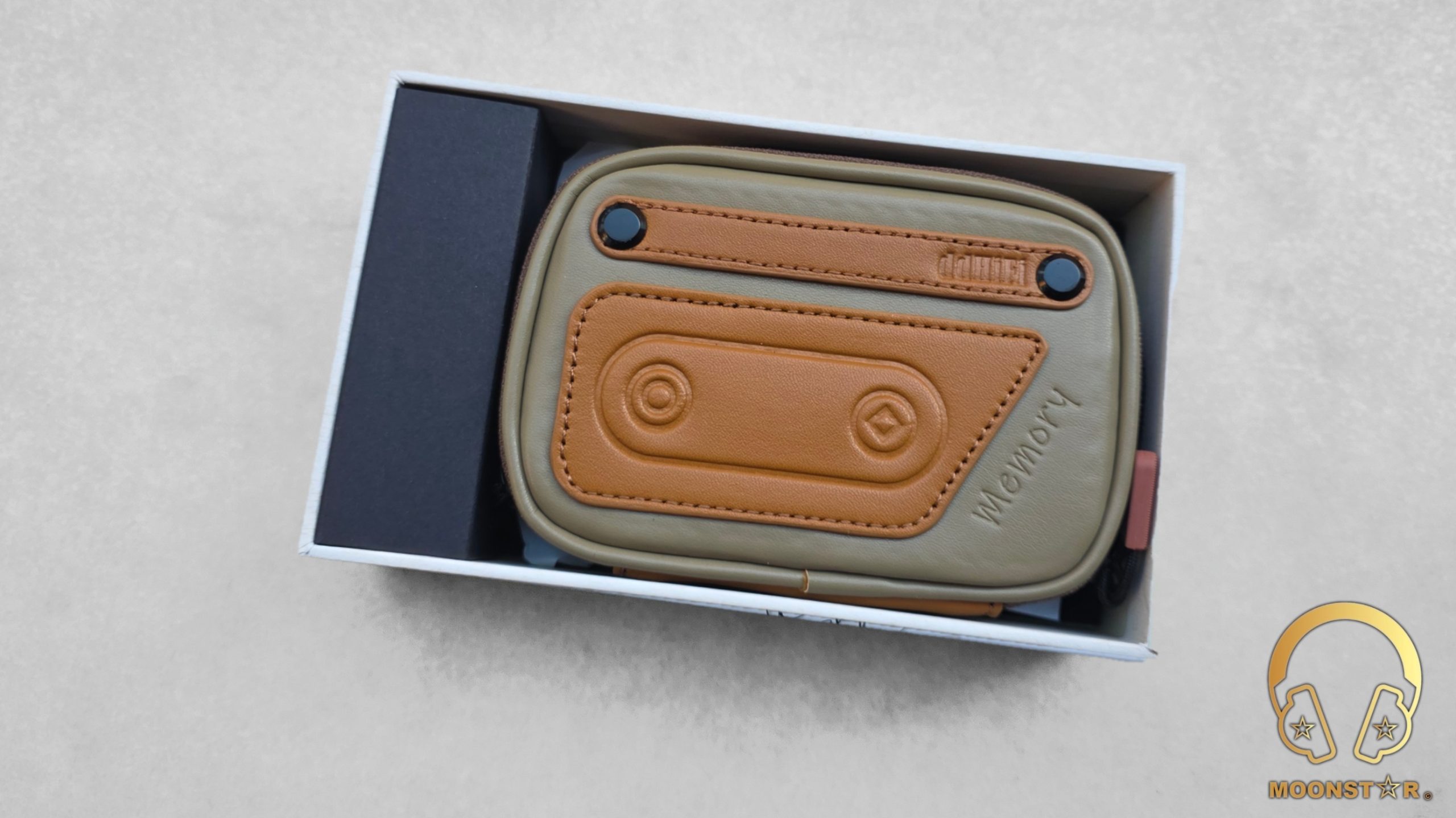
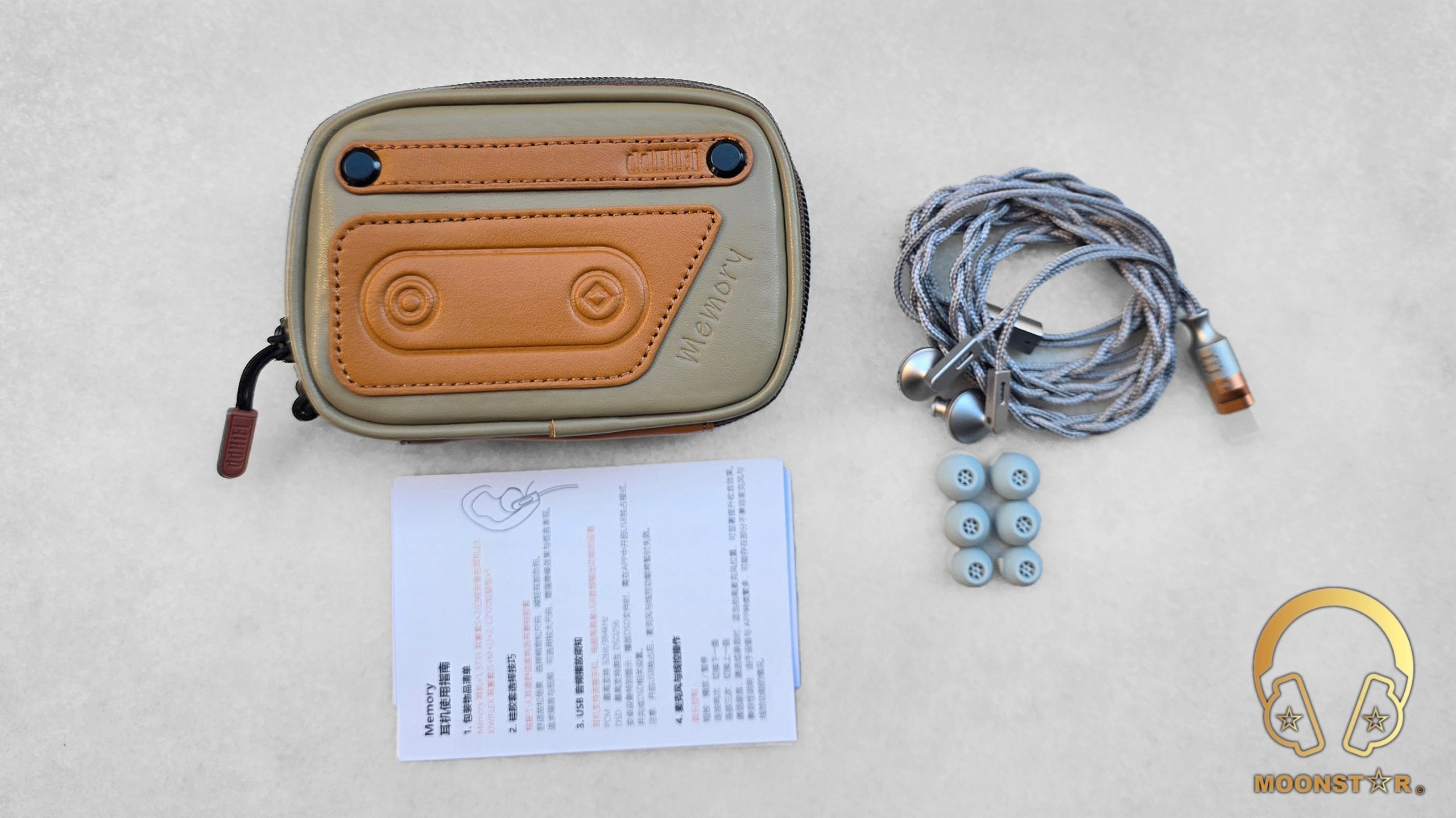
The CZ120 case, made of synthetic leather with YKK zippers, blends nostalgic charm with practical protection, safeguarding the IEMs from scratches. While functional, the accessory package feels slightly limited for ddHiFi’s standards.
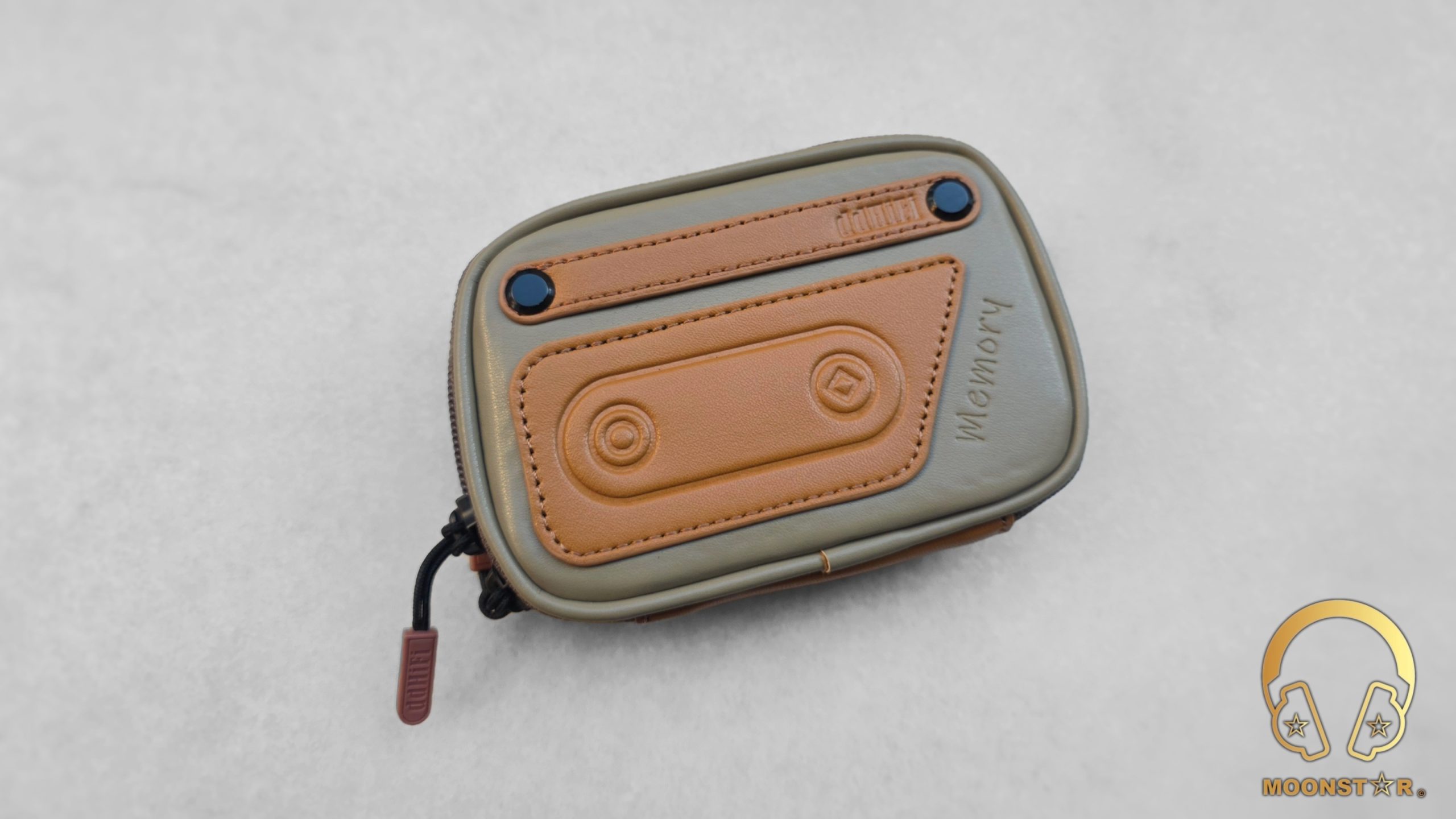
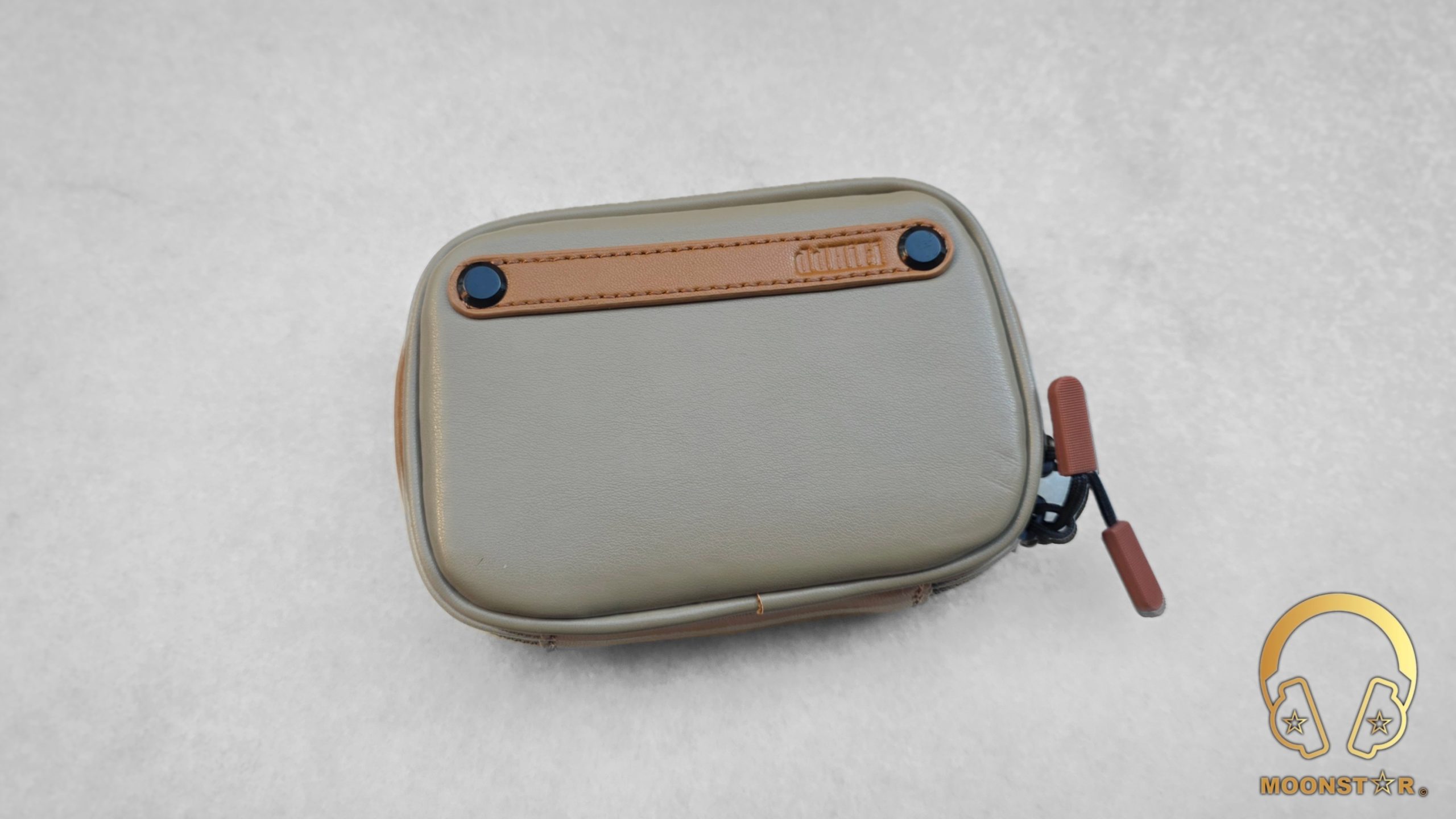
However, adding a wider variety of ear tips, would have enhanced the overall package.
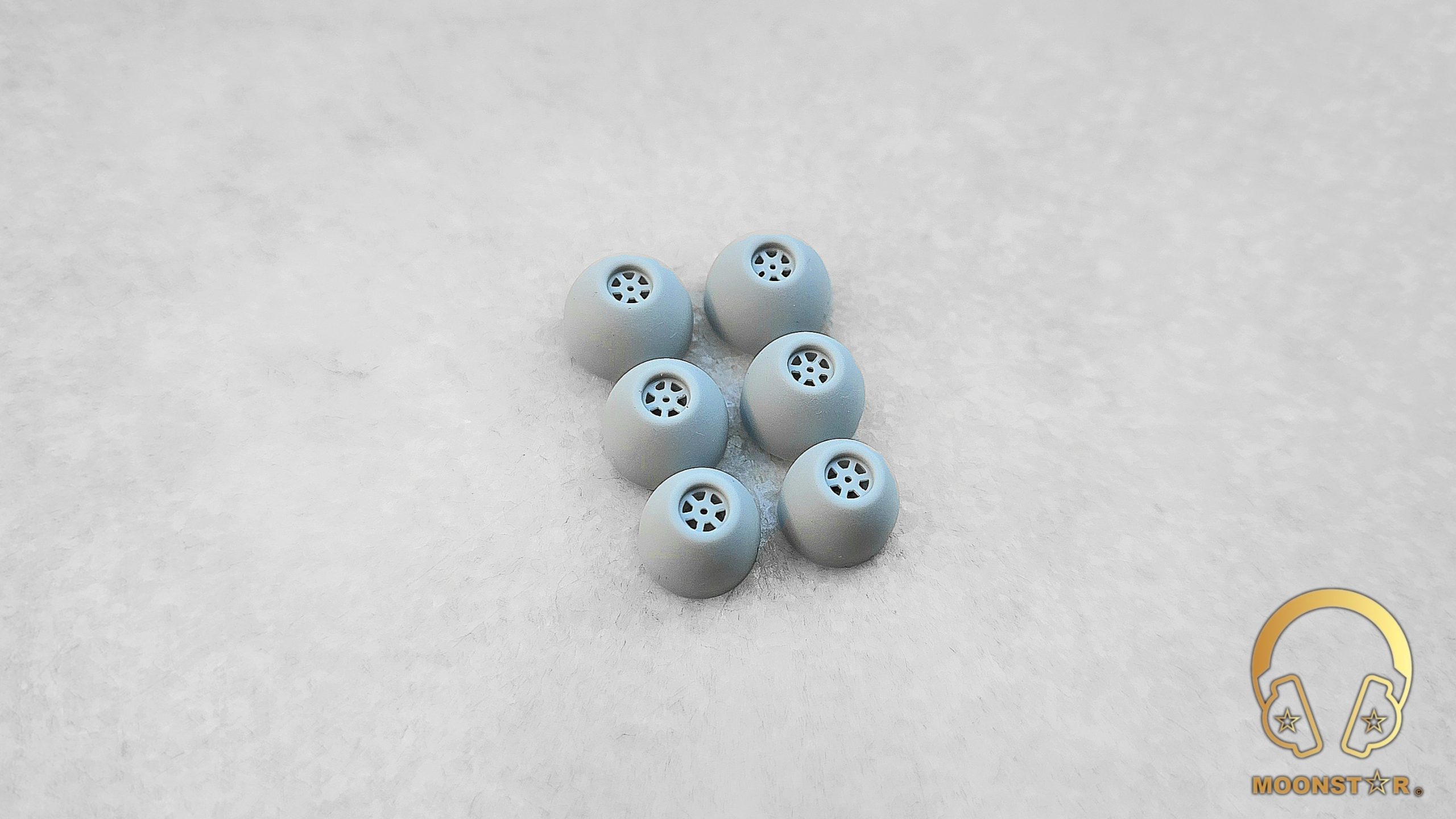
Design & Build Quality:
The ddHiFi Memory features an AL6063 aerospace aluminum shell, a testament to its careful construction. The finish has a brushed texture that feels durable and strong, complemented by subtle, hand-polished accents that catch the light and add a refined touch.

The semi-in-ear design incorporates vents along the edges, contributing to a fit that is both open and secure, making the earphones comfortable for long listening sessions without causing fatigue. The shell’s edges are smoothly beveled to rest comfortably against the skin, and the attention to detail is evident in every contour.
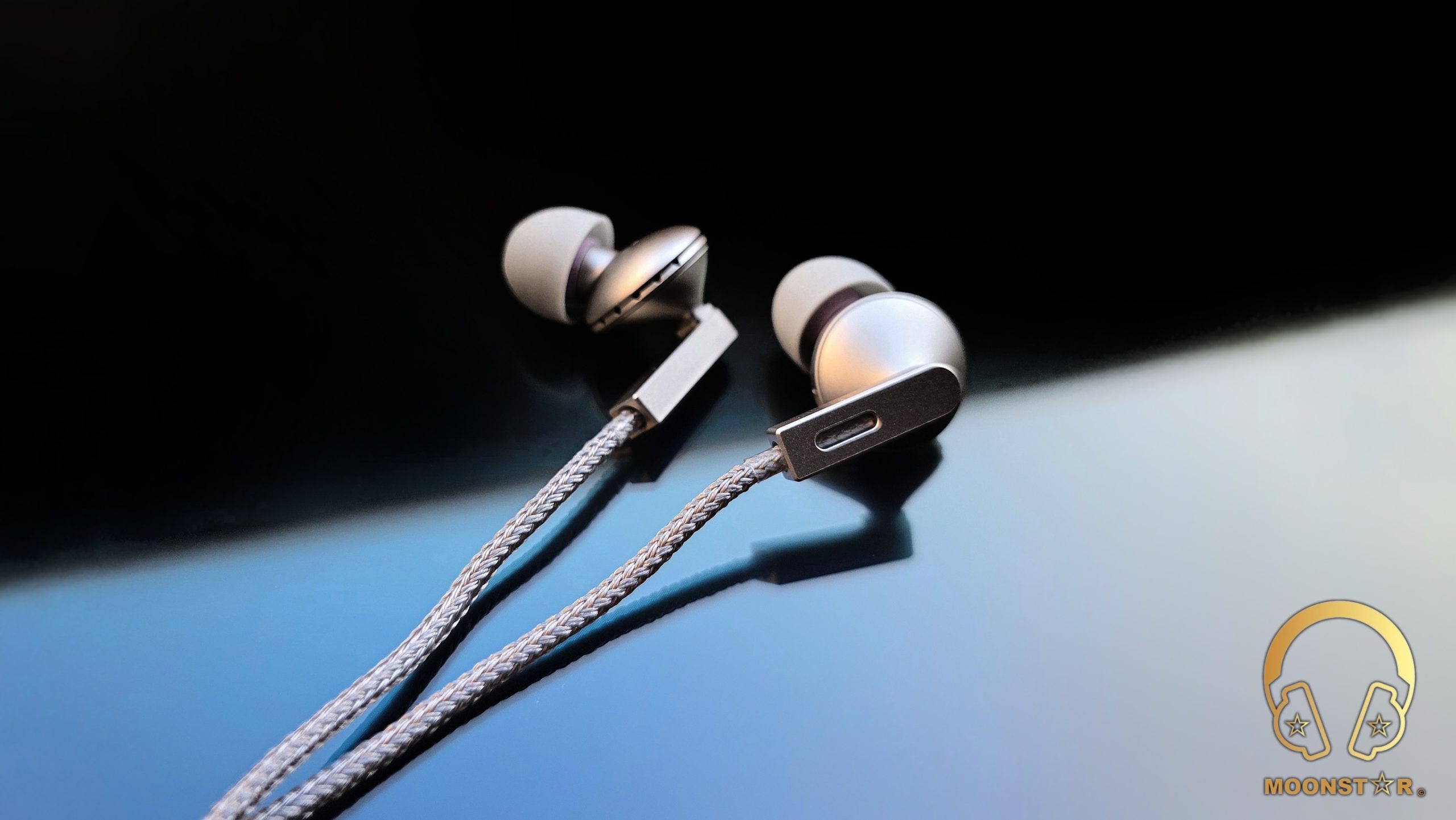
The distinctive rectangular “stem” extending from the main body of the earphone is engraved with the “ddHiFi” and “Memory” logos, along with clear “L” and “R” markings.
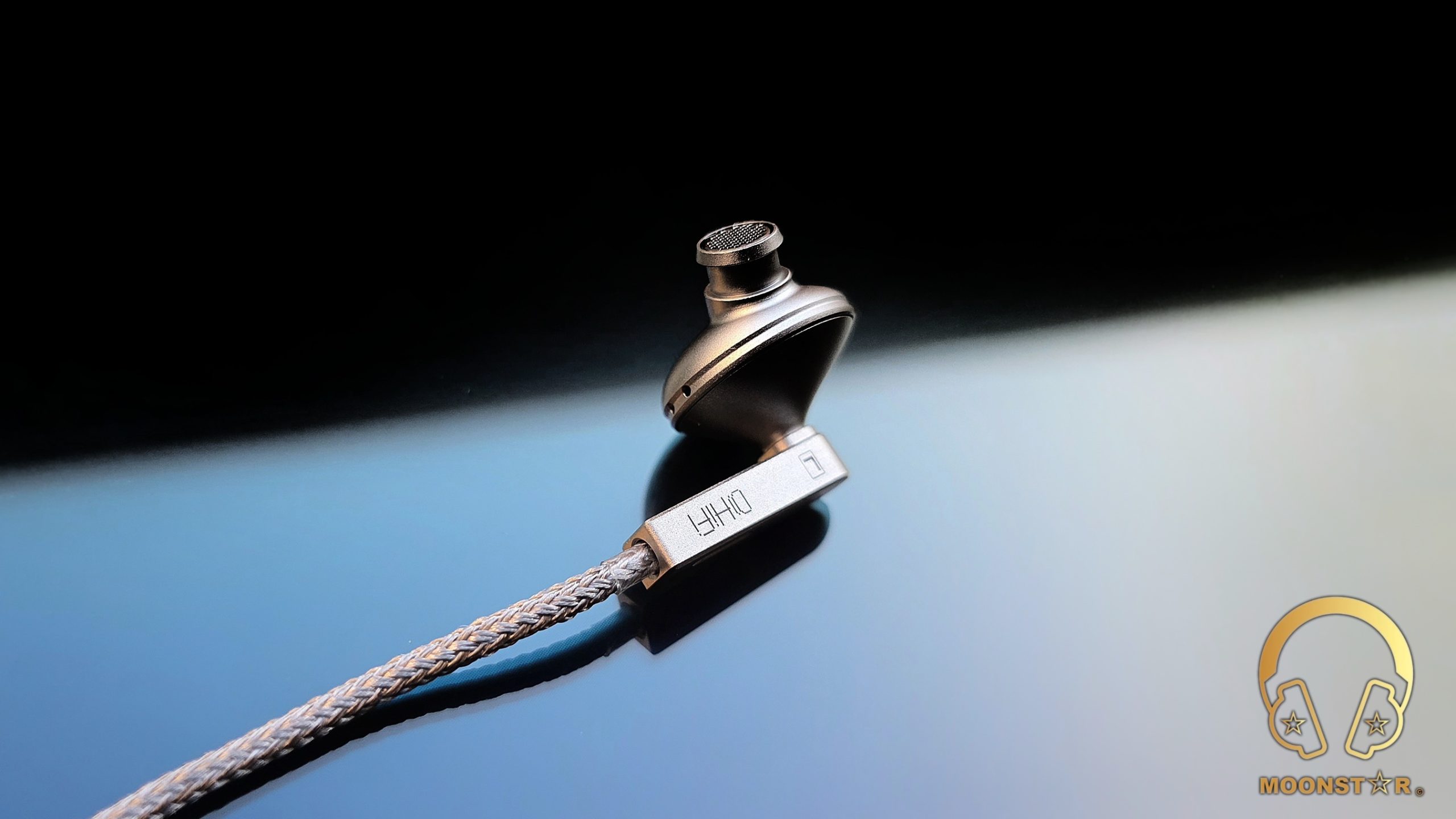
These markings are in a sleek black finish that enhances the design without clutter. The sound nozzle, where the ear tip attaches, is angled slightly for an ergonomic fit and includes a pressure-relief vent. It also features a fine protective mesh to prevent debris from entering, ensuring sound integrity and comfort.
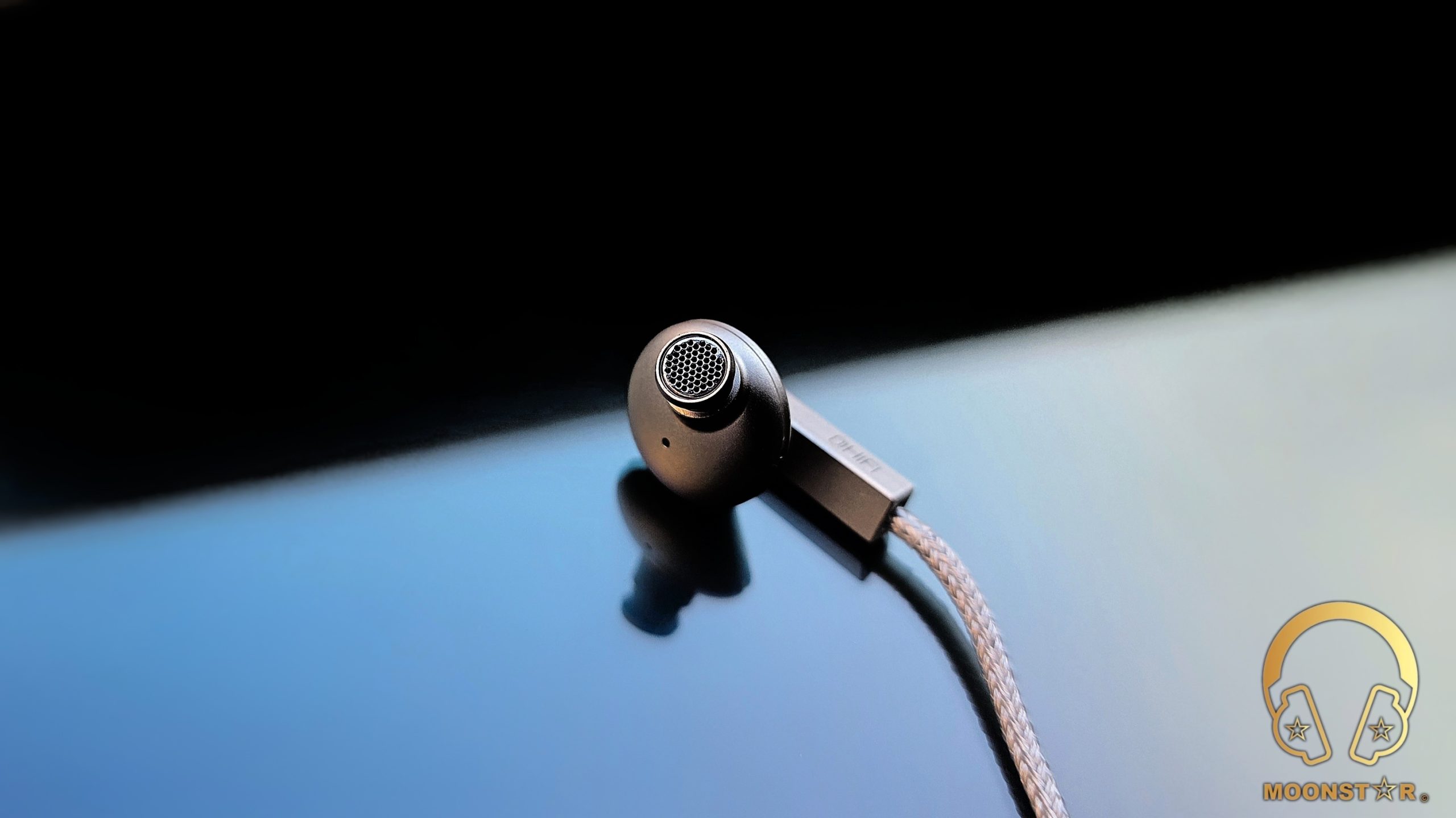
The integrated USB-C cable is made from reinforced braided 5N OCC wire and has a smooth, tangle-resistant coating.
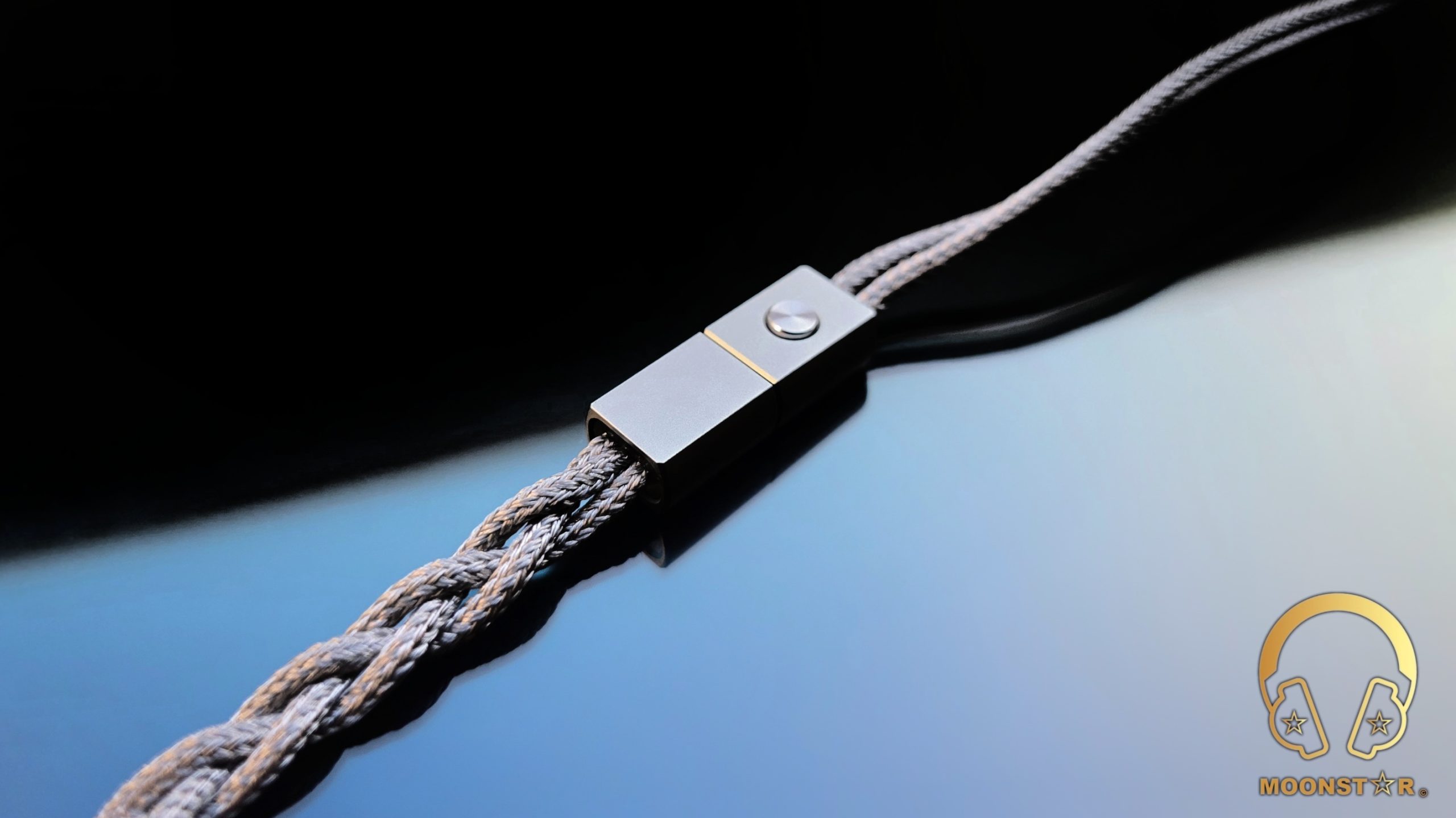
This cable is not just for connectivity; it has a built-in DAC/AMP chip that enables 32-bit/384kHz lossless decoding.
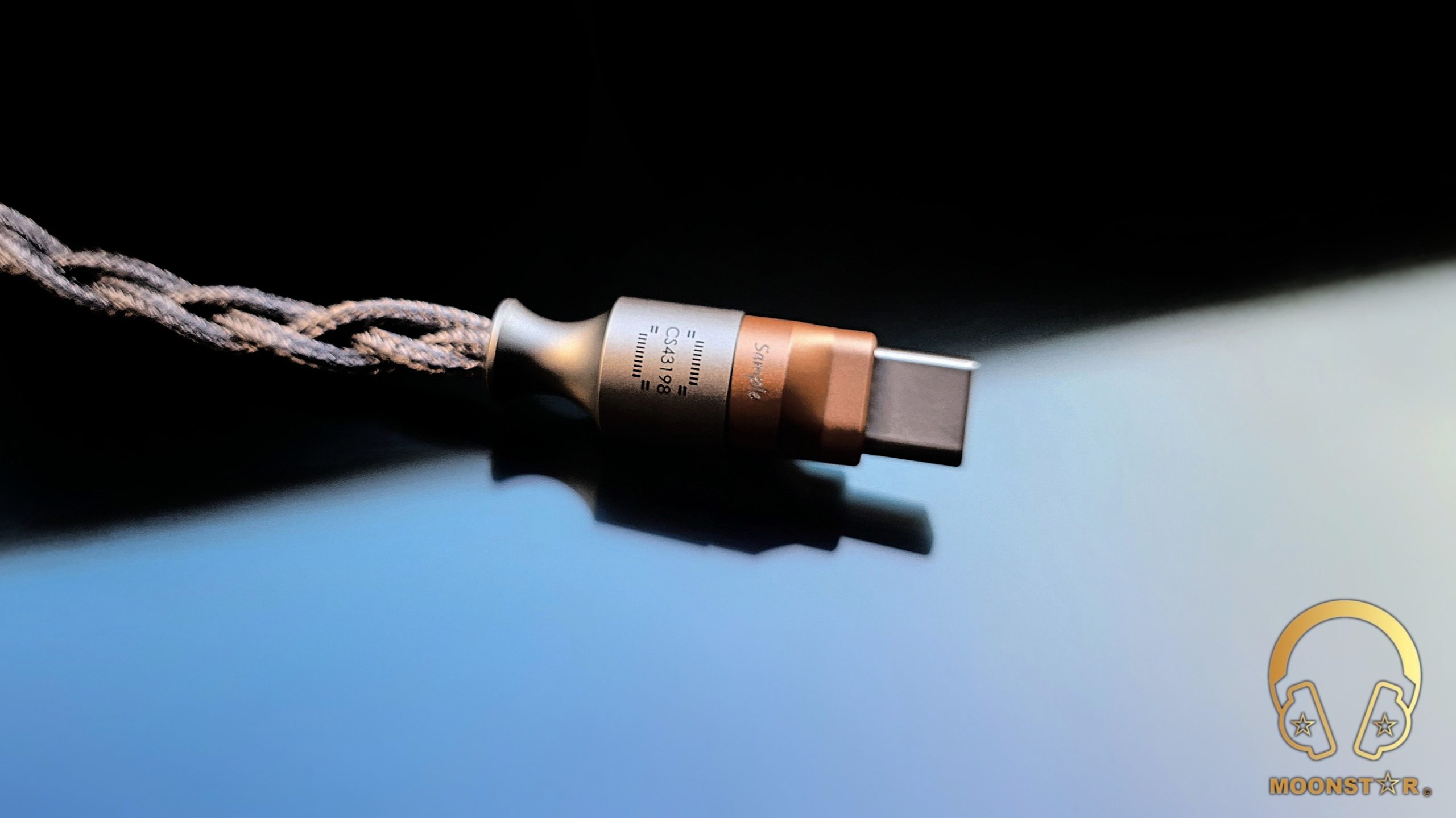
The cable also includes a cylindrical module for the microphone and inline controls, allowing for easy management of playback, calls, and recording functions.
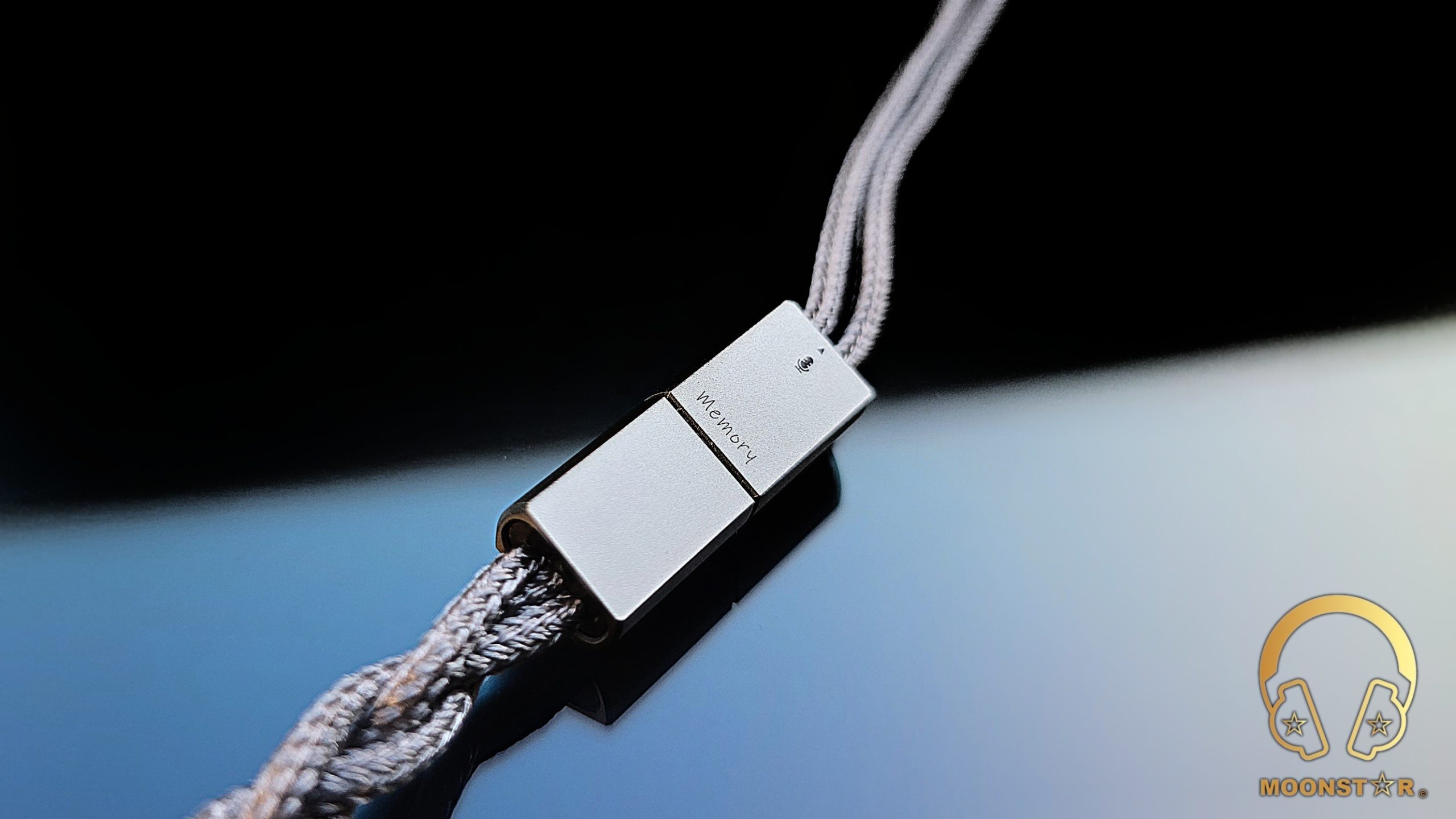
The robust USB Type-C plug features a discreet LED indicator that shows blue for standby, green for PCM, and red for DSD, adding a functional yet stylish element. While the cable is well-made, it may transmit slight noise when moved, which is minimal and easy to handle.
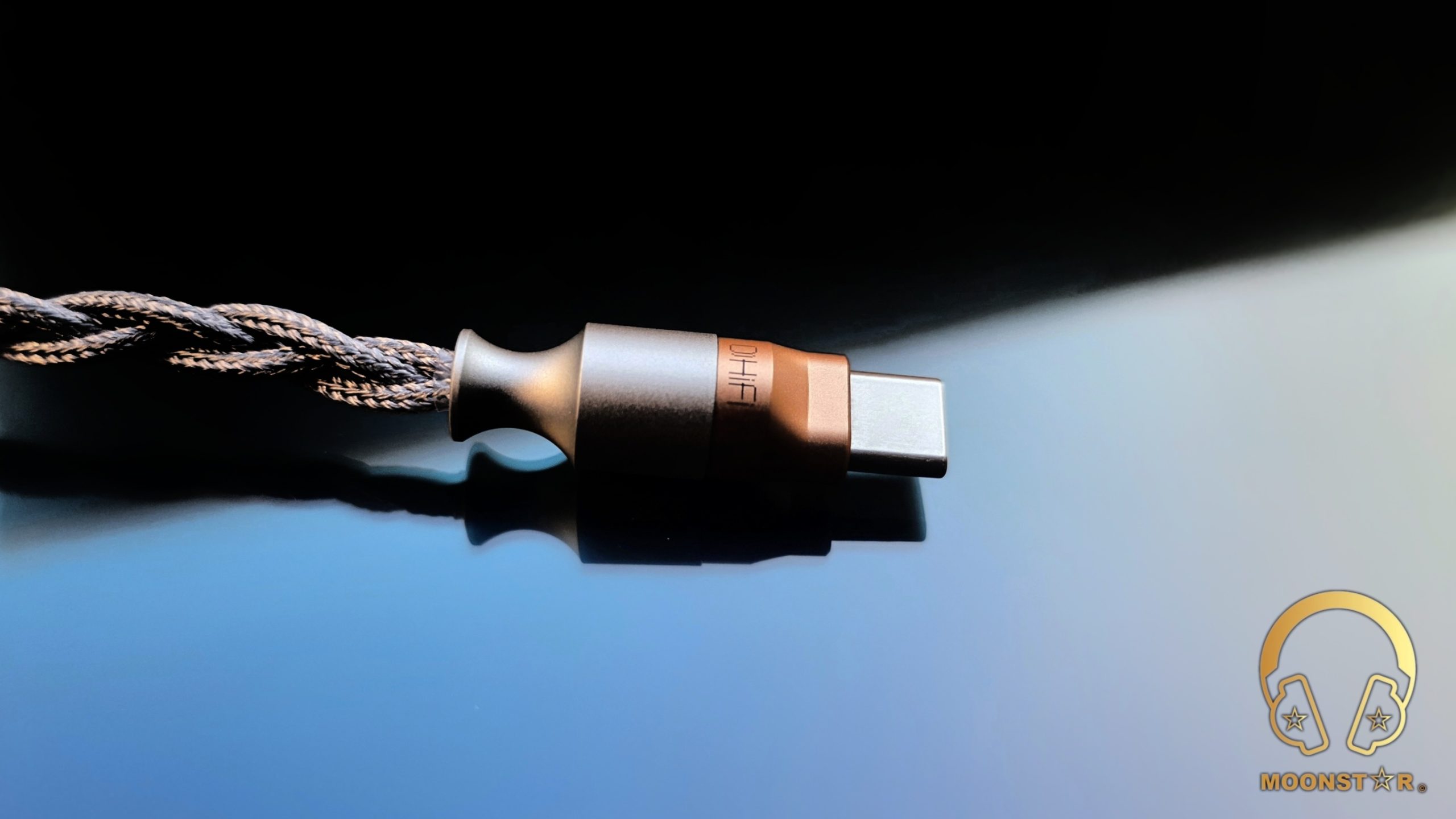
The design of the ddHiFi Memory strikes a great balance between form and function.
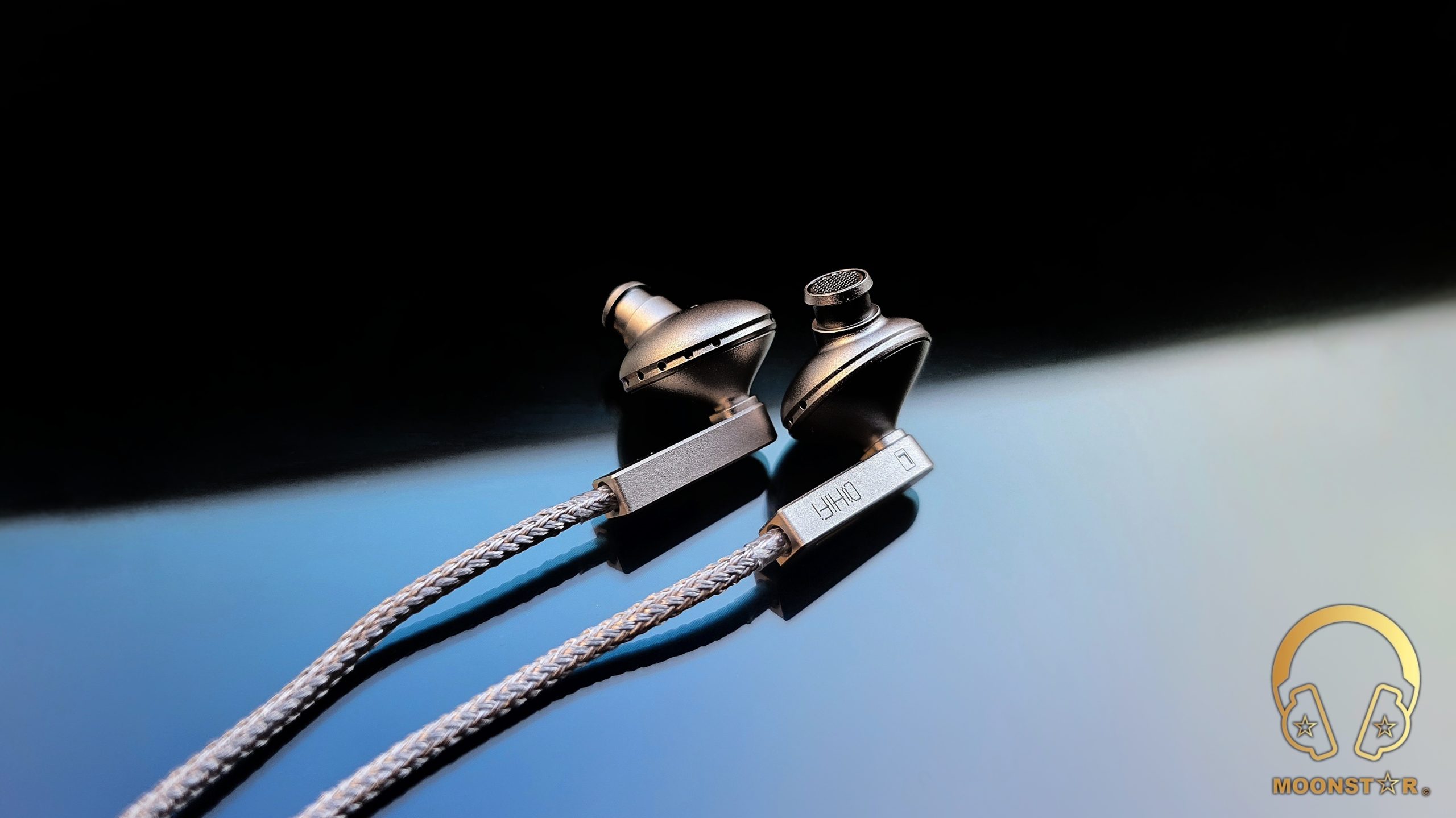
The combination of its classic-inspired look and modern engineering makes the Memory a durable and visually appealing companion for daily use. Its ergonomic design ensures a comfortable fit for a wide range of ear shapes, enhancing its practicality for extended listening.
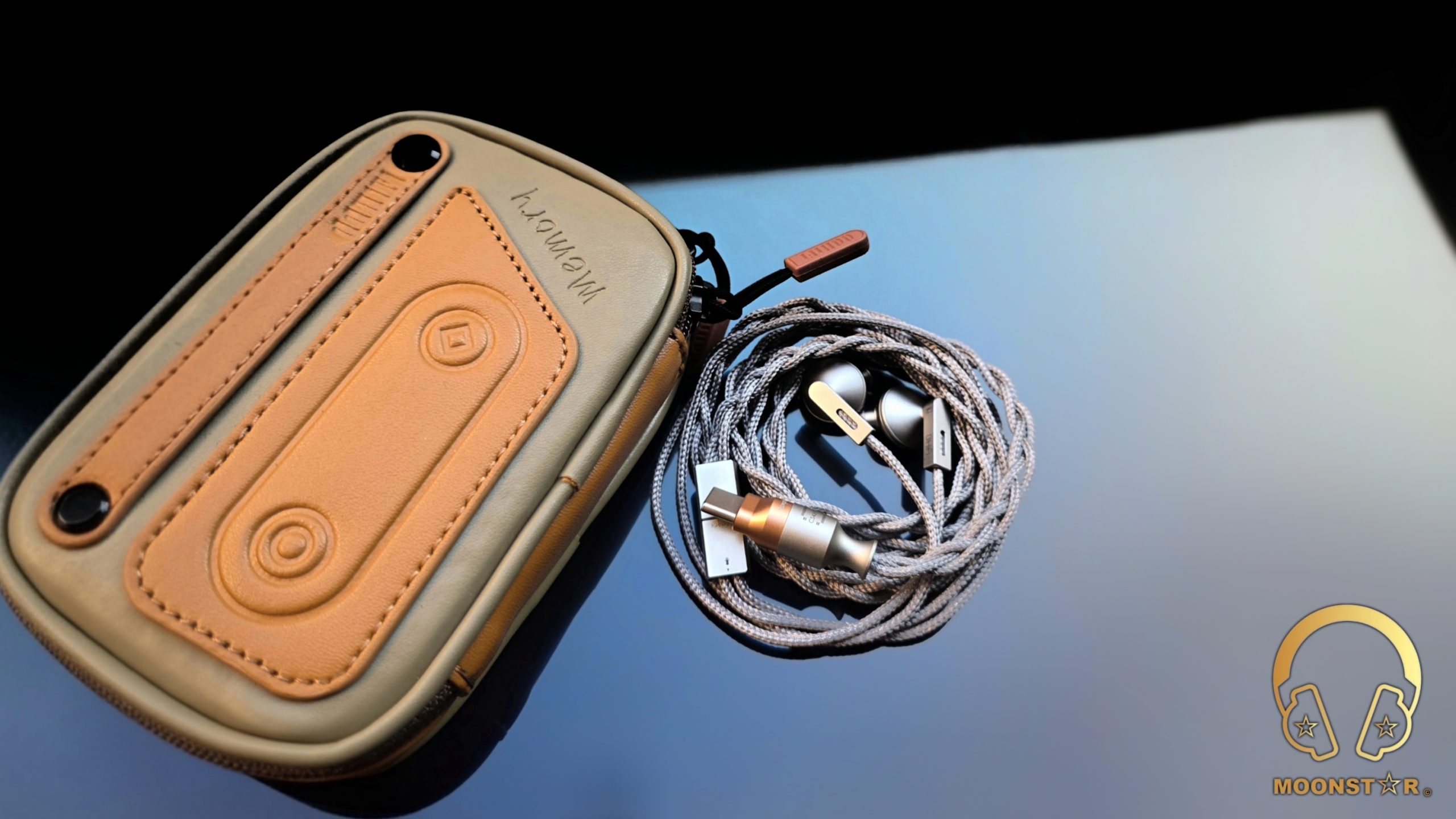
Fit & Isolation:
The Memory’s lightweight, semi-in-ear design offers outstanding comfort for long listening sessions. It sits flush in the ear for a discreet appearance. The edge vents and the inner pressure relief vent contribute to a balanced fit. The included KIWIFLEX tips, particularly the narrow-bore ones, provide an optimal seal and enhance sound quality. Isolation is moderate. It is suitable for casual settings like public transport or offices. The vented design allows some ambient noise to filter through. This makes it less effective in very loud environments.
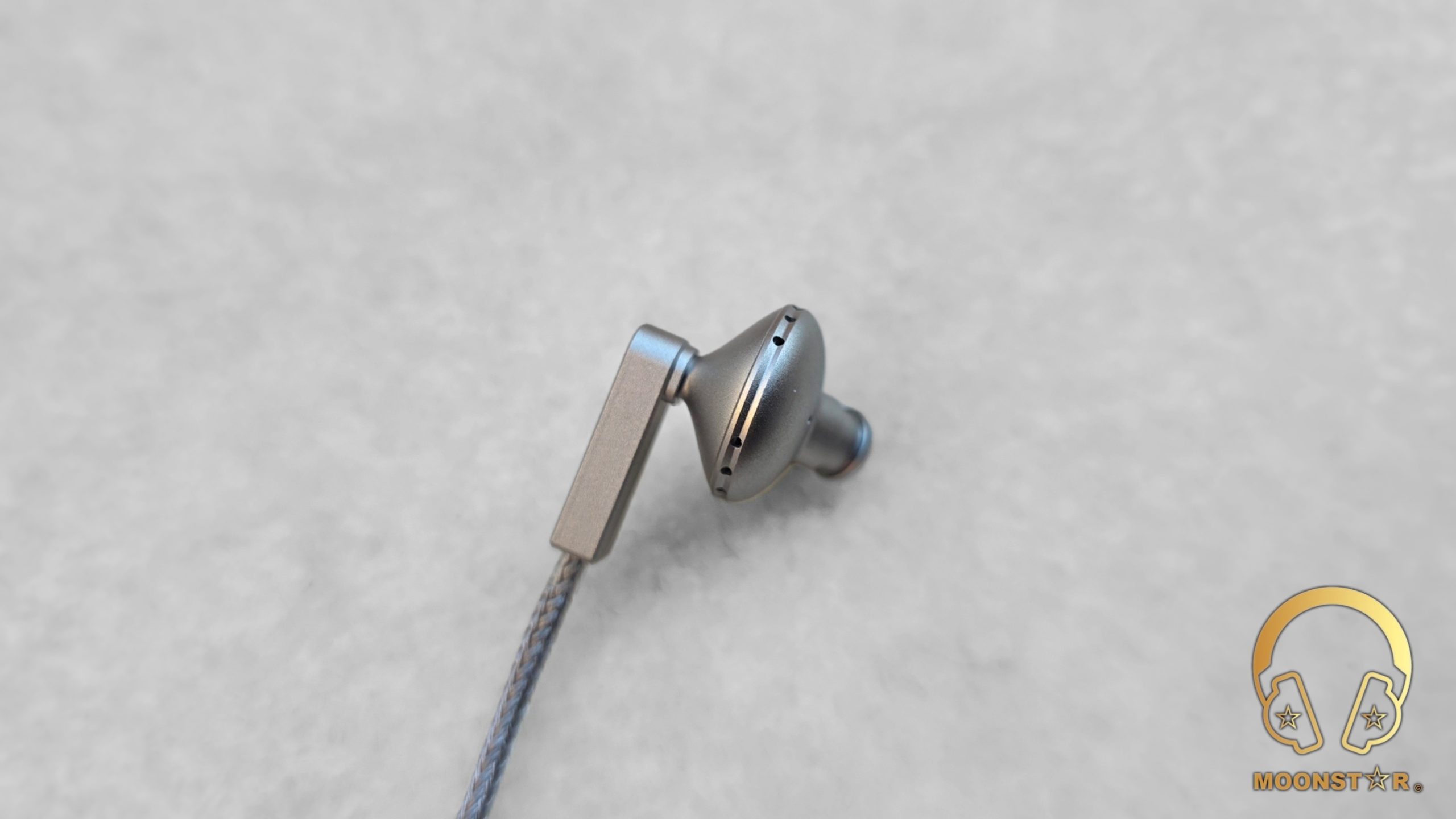
Features:
The ddHiFi Memory’s 13mm planar magnetic driver is a key component of its design. Planar magnetic drivers typically use a thin diaphragm with embedded conductors, which allows for fast response times and low distortion, potentially contributing to the specified THD of less than 0.05%. The design likely benefits from balanced magnetic forces, which can enhance clarity and detail.
The driver’s integration with the vented semi-in-ear shell suggests a focus on pressure equalization, which may improve comfort and sound dispersion. While the specific tuning and material quality are subject to listener perception, the driver’s engineering seems aimed at providing a controlled and dynamic sound.
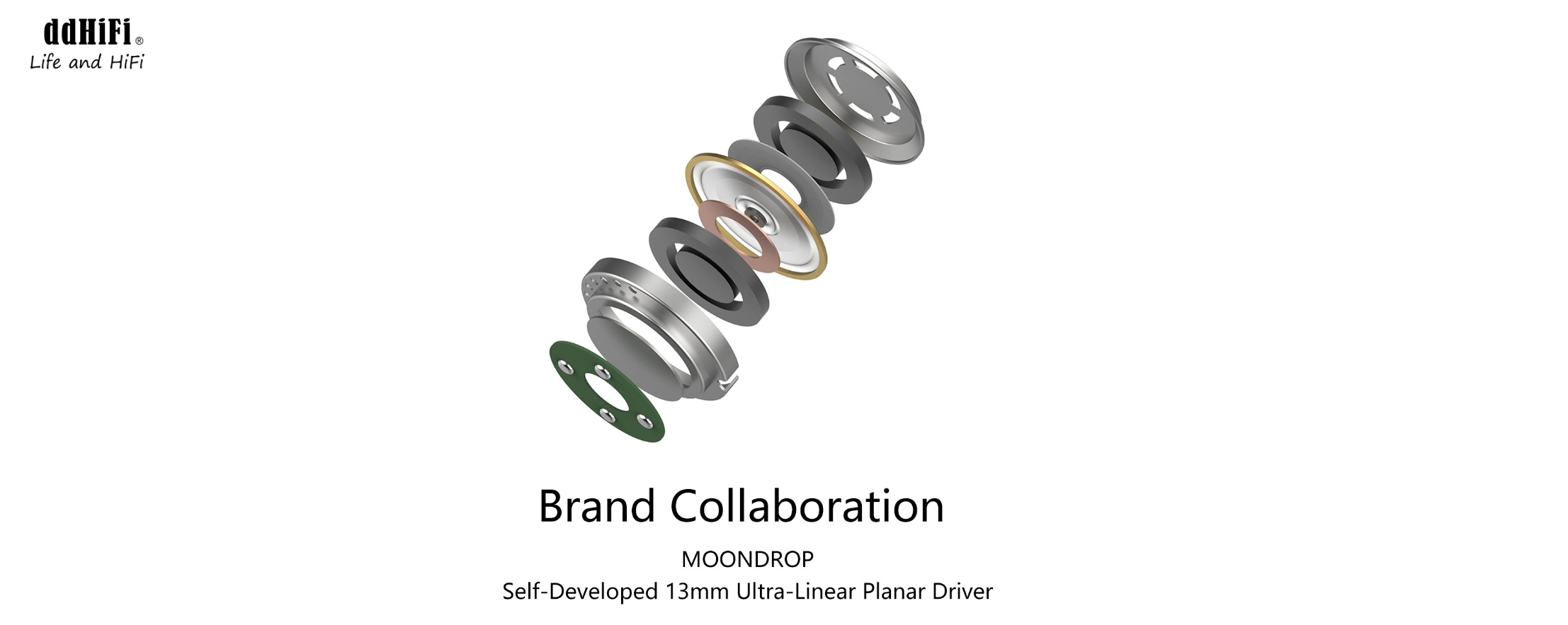
The integrated CS43198 DAC provides high-resolution audio playback across smartphones, tablets, and laptops. The semi-in-ear design, paired with DSP-optimized tuning, balances comfort and immersive audio. The shielded, reinforced braided 5N OCC cable minimizes signal interference for clean sound delivery. However, It would be a welcome addition if ddHiFi were to release a dedicated app for controlling the DAC’s.
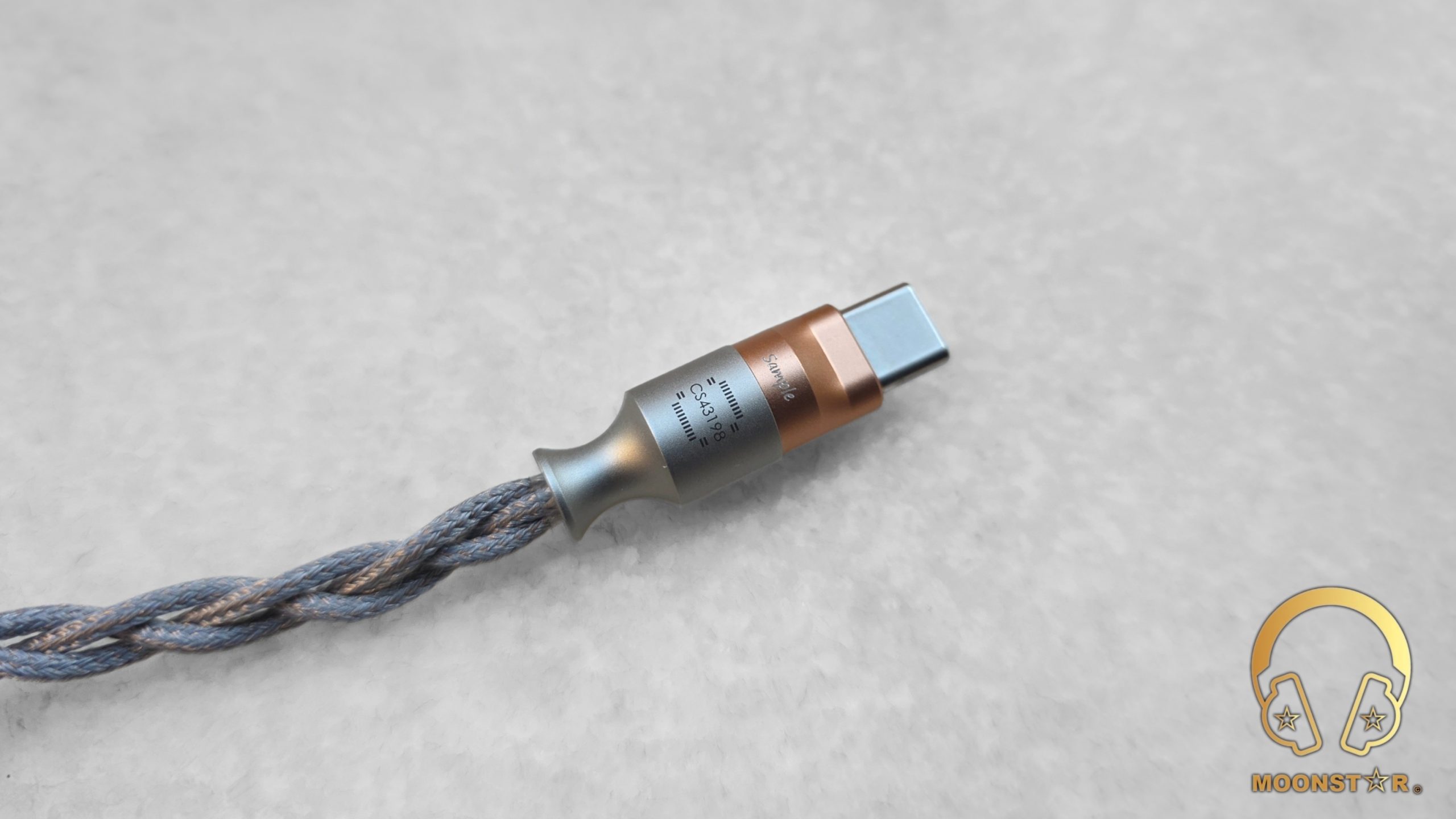
Technical Specifications:
- Model : Memory (E13P)
- Driver Configuration : 13mm planar driver
- Connector : USB-C (smartphones and devices)
- DAC Chip : CS43198 independent decoding
- PCM Decoding : Up to 32-bit/384kHz
- DSD Decoding : Native DSD256
- Frequency Response : 20 Hz – 20 kHz
- Inline Controls : Calls, recording, play/pause
- Housing Process : CNC-machined AL6063 aerospace aluminum
- Main Cable : Reinforced braided 5N OCC wire
- Sensitivity : Not specified
- Impedance : Not specified
- THD : <0.05% across all frequencies
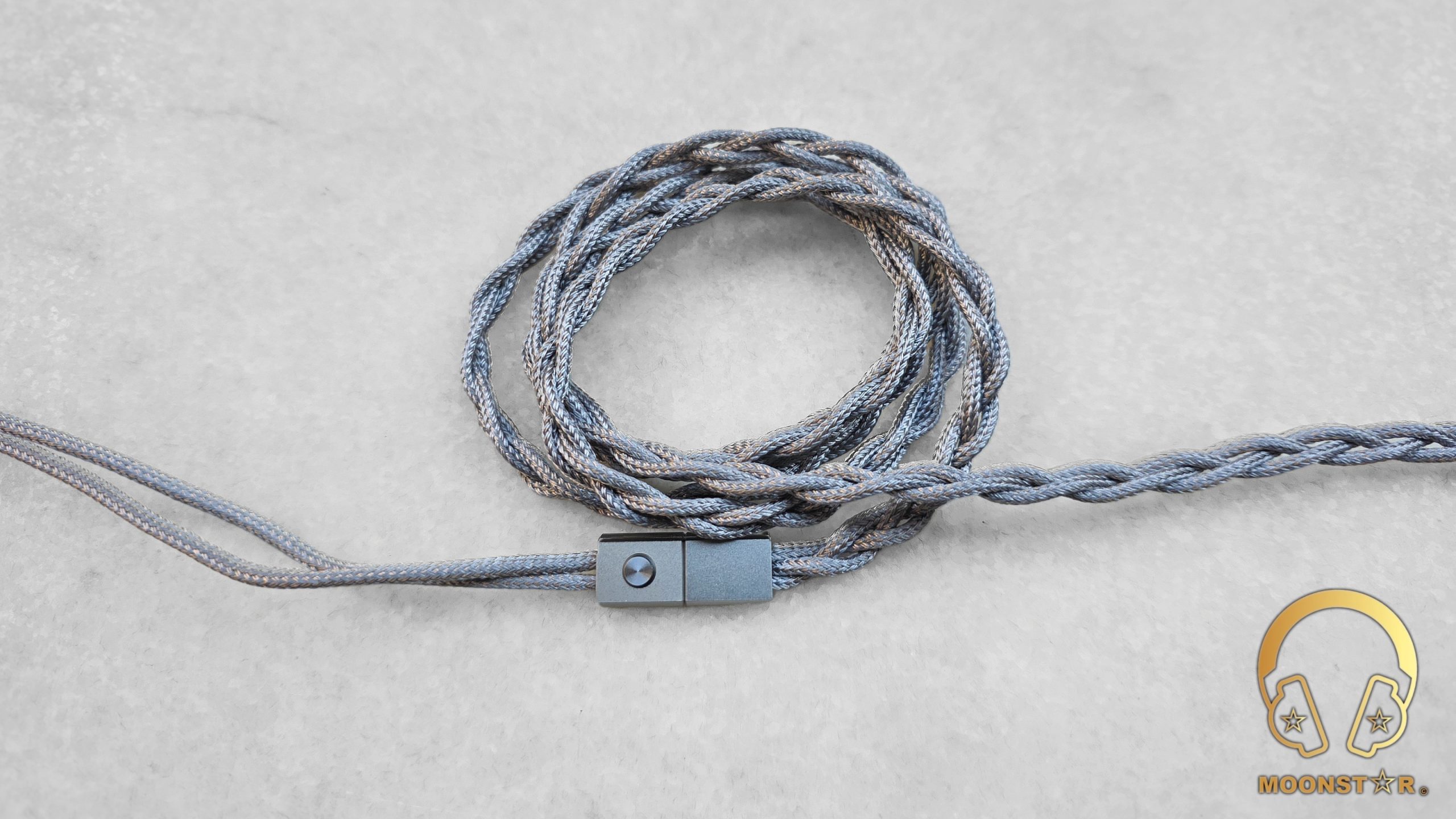
Sources used for this review:
- IEM’s : ddHiFi Surface, DUNU Titan 6
- Sources : Samsung Galaxy Tab S8 Ultra, MSI Vector GP68HX
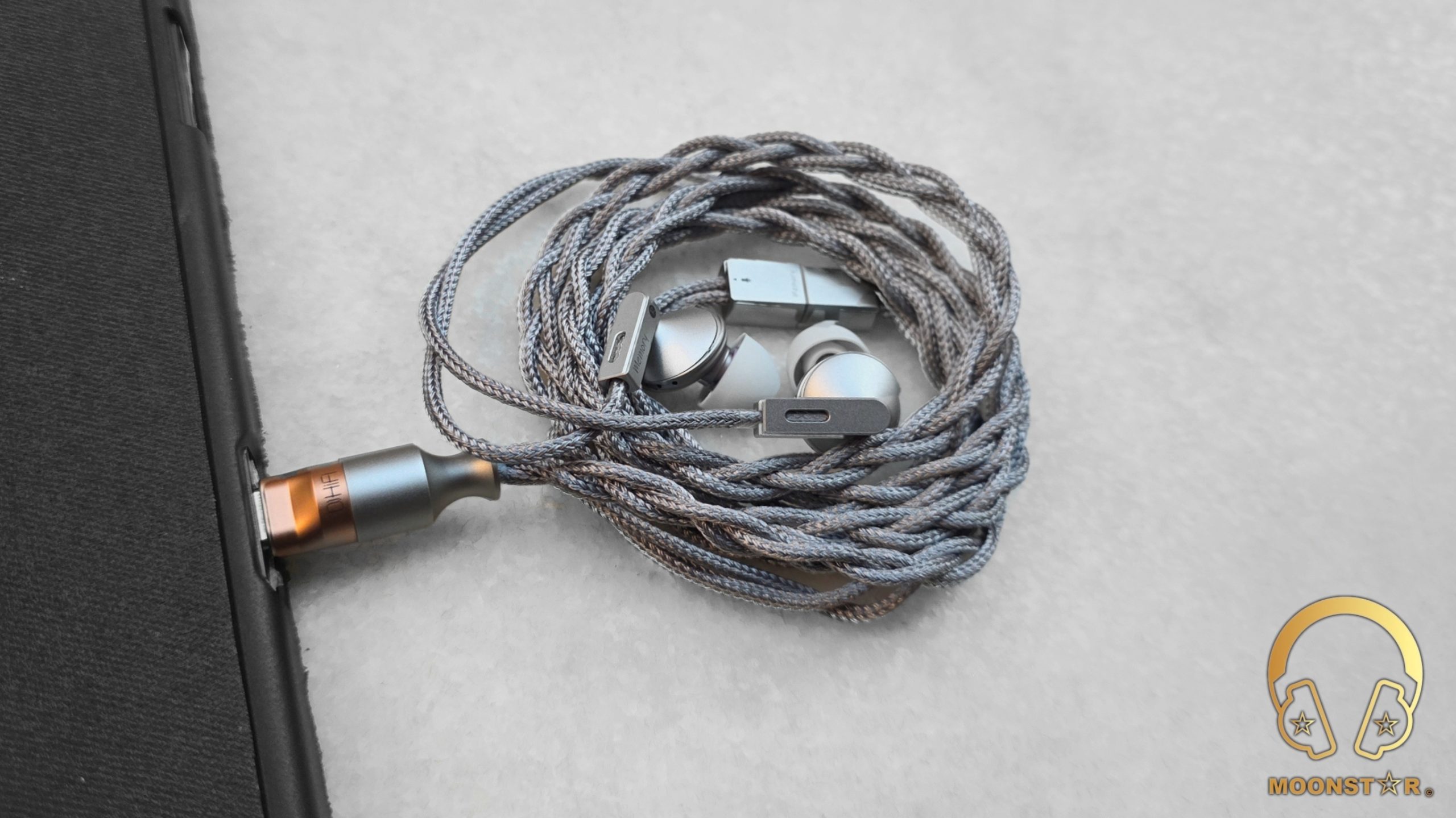
Albums & tracks used for this review:
- Led Zeppelin – “Kashmir” (FLAC 24bit/96kHz)
- David Bowie – “Black Star” (FLAC 24bit/96kHz)
- Elton John – “Your Song” (Apple Lossless)
- Dave Gahan – “Saw Something” (Apple Lossless)
- Eric Clapton – “Layla” (FLAC 24bit/96kHz)
- First Aid Kit – “My Silver Lining” (Apple Lossless)
- London Grammar – “Interlude (Live)” (FLAC 24bit/44kHz)
- Sertap Erener – Aşk (Apple Lossless)
- Laura Pergolizzi – “Lost On You (Live at Harvard and Stone)” (Apple Lossless)
- Minor Empire – “Bulbulum Altin Kafeste” (Apple Lossless)
- Rush – “Leave That Thing Alone” (Apple Lossless)
- Liquid Tension Experiment 2 – “Acid Rain” (Apple Lossless)
- Opeth – “Damnation” FLAC 24bit/96kHz)
- Metallica – “Sad but True” (FLAC 24bit/96kHz)
- Megadeth – “Sweating Bullets” (FLAC 24bit/96kHz)
- Slayer – “Angel of Death” (Apple Lossless)
- Otto Liebert & Luna Negra – “The River” (DSF, Binaural Recording)
- Vivaldi – “Le Quattro Stagioni (The Four Seasons)” (Apple Lossless
- Alboran Trio – “Cinque Lunghissimi Minuti” (Apple Lossless)
- Gogo Penguin – “Raven” (FLAC 24bit/48kHz)
- Lorde – “Royals” (FLAC 24bit/48kHz)
- Portishead – “It Could Be Sweet” (FLAC 24bit/48kHz)
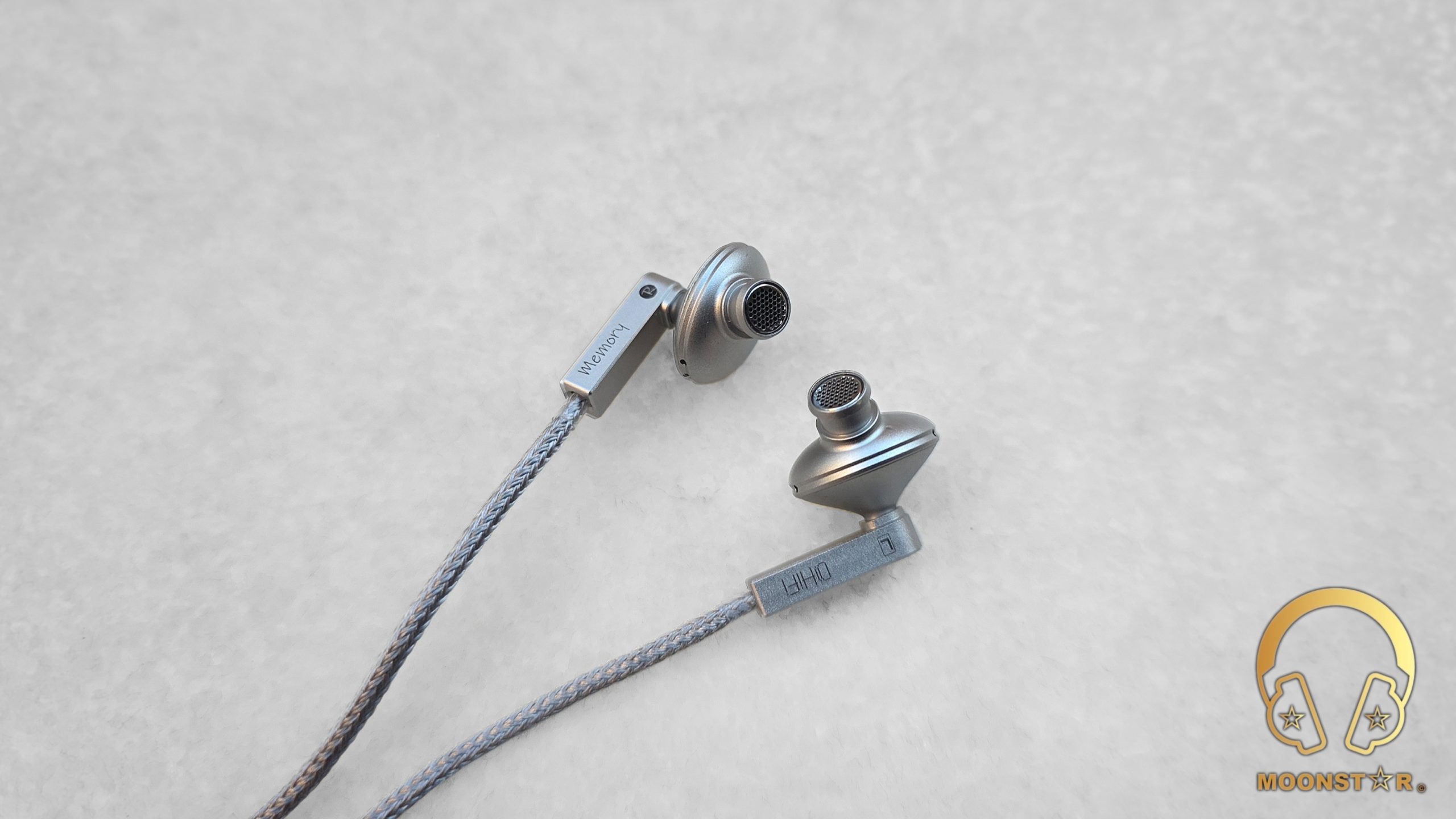
The Sound:
The ddHiFi Memory delivers a pretty smooth, musical, and cohesive sound signature that prioritizes musicality and emotional engagement. Its planar driver produces a refined, balanced tone with a touch of warmth. This makes it highly versatile across genres like rock, jazz, pop, and classical. The sound is quite effortless and inviting. It is ideal for listeners who value enjoyment over analytical precision.
This review is based on a burn-in period of approximately 50 hours, using the KIWIFLEX silicone ear tips. The sound impressions reflect pairings with sources like the Samsung Galaxy S25 Ultra and MSI Vector GP68HX.
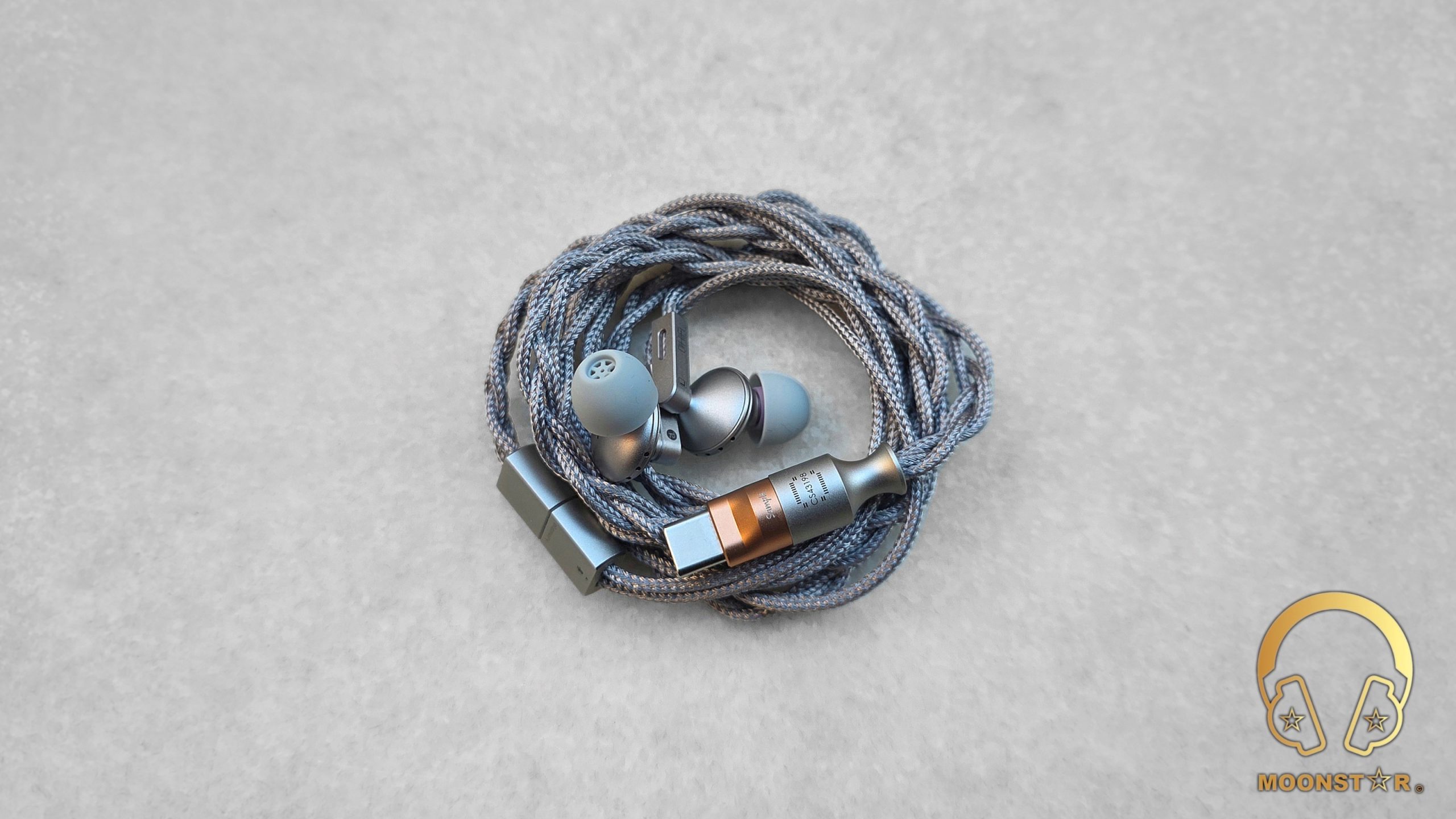
Bass:
The subbass extends deeply with a controlled, satisfying rumble that adds weight without dominating the mix. Tracks like Massive Attack’s “Angel” and Lorde’s “Royals” showcase a rich, tactile low-end that remains precise. It avoids any muddiness. It excels in electronic and hip-hop genres. It provides a solid yet unobtrusive foundation. The midbass is warm and full-bodied. It delivers a natural, musical punch. In Metallica’s “Sad but True,” kick drums and bass guitars have a robust, well-textured presence. It maintains clarity even in complex passages like Gogo Penguin’s “Raven.” The Memory balances richness with control. This ensures the bass complements rather than overshadows the midrange. Overall, the bass is moderately emphasized. It offers a mildly warm, engaging tone. It’s fast enough for most genres. It may feel slightly soft in extremely fast-paced tracks like Slayer’s “Angel of Death.” Its musicality shines in jazz and rock. It creates an immersive low-end experience that feels lively yet refined.
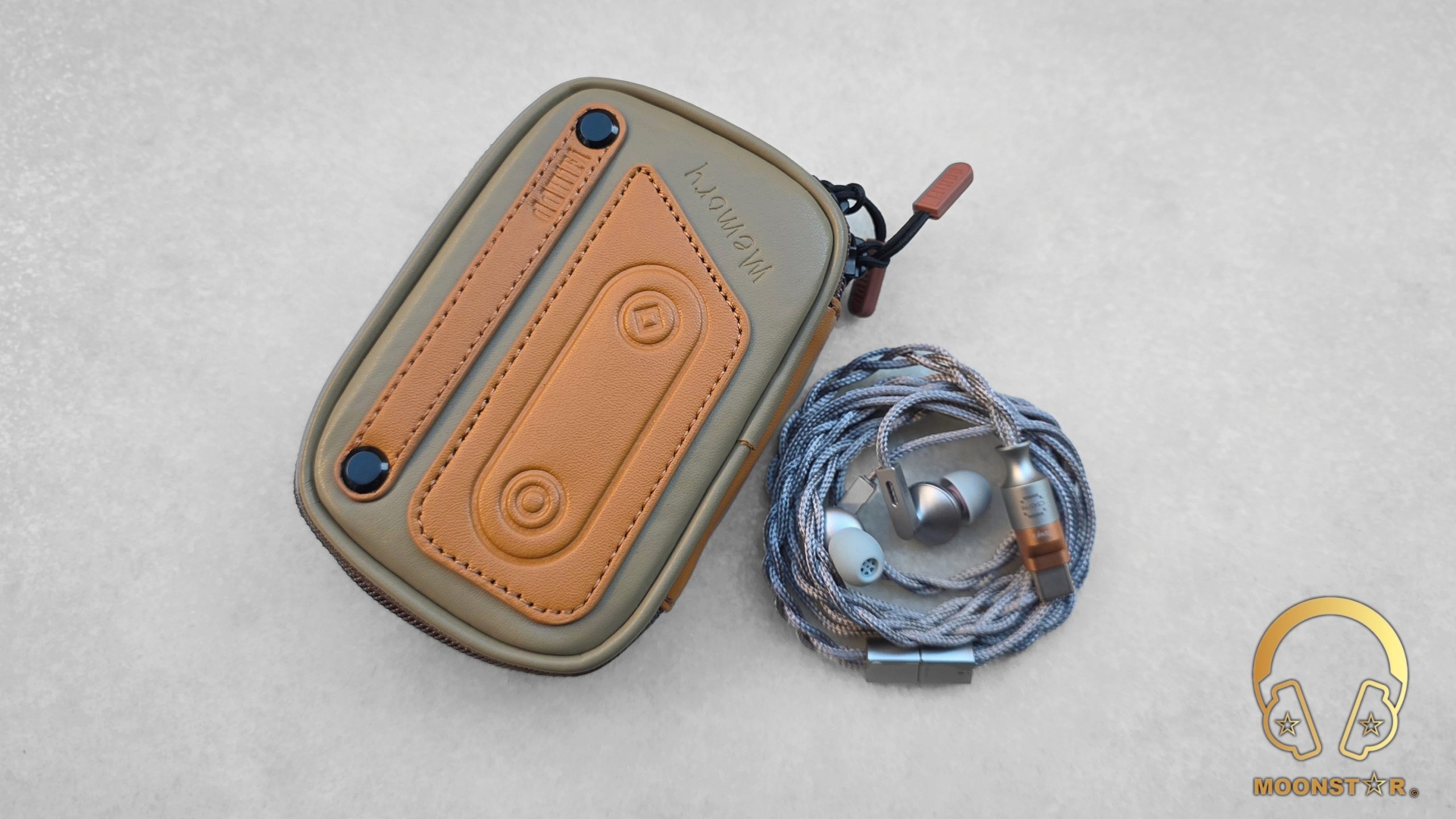
Midrange:
The midrange is arguably the strongest characteristic of the Memory, presenting a sound that is both smooth and natural. Male vocals, like Isaac Hayes or Dave Gahan are rendered with a full-bodied character, effectively capturing depth and texture. Similarly, female vocals, such as Laura Pergolizzi’s performance in “Lost On You,” are portrayed as clear and intimate, maintaining a smooth character that is consistently free from harshness. The subtle warmth inherent in the tuning contributes positively to the overall musicality, though it may result in a slight reduction of micro-details in exceptionally dense recordings where precise separation is critical.
Instrumental timbres are also reproduced with a pleasant and rounded quality. This is evident with acoustic instruments like the guitars in Eric Clapton’s “Layla” and the pianos in Alboran Trio’s “Cinque Lunghissimi Minuti,” which are presented in a way that is inviting for extended listening sessions. The midrange demonstrates competent separation and is capable of handling complex arrangements, as shown with tracks like Opeth’s “Damnation.” However, it is worth noting that due to its slightly warm tuning, a sense of minor congestion may occasionally occur during the most rapid and busy passages within a recording. This characteristic is a deliberate trade-off, prioritizing a fluid and musical presentation over a more analytical one.
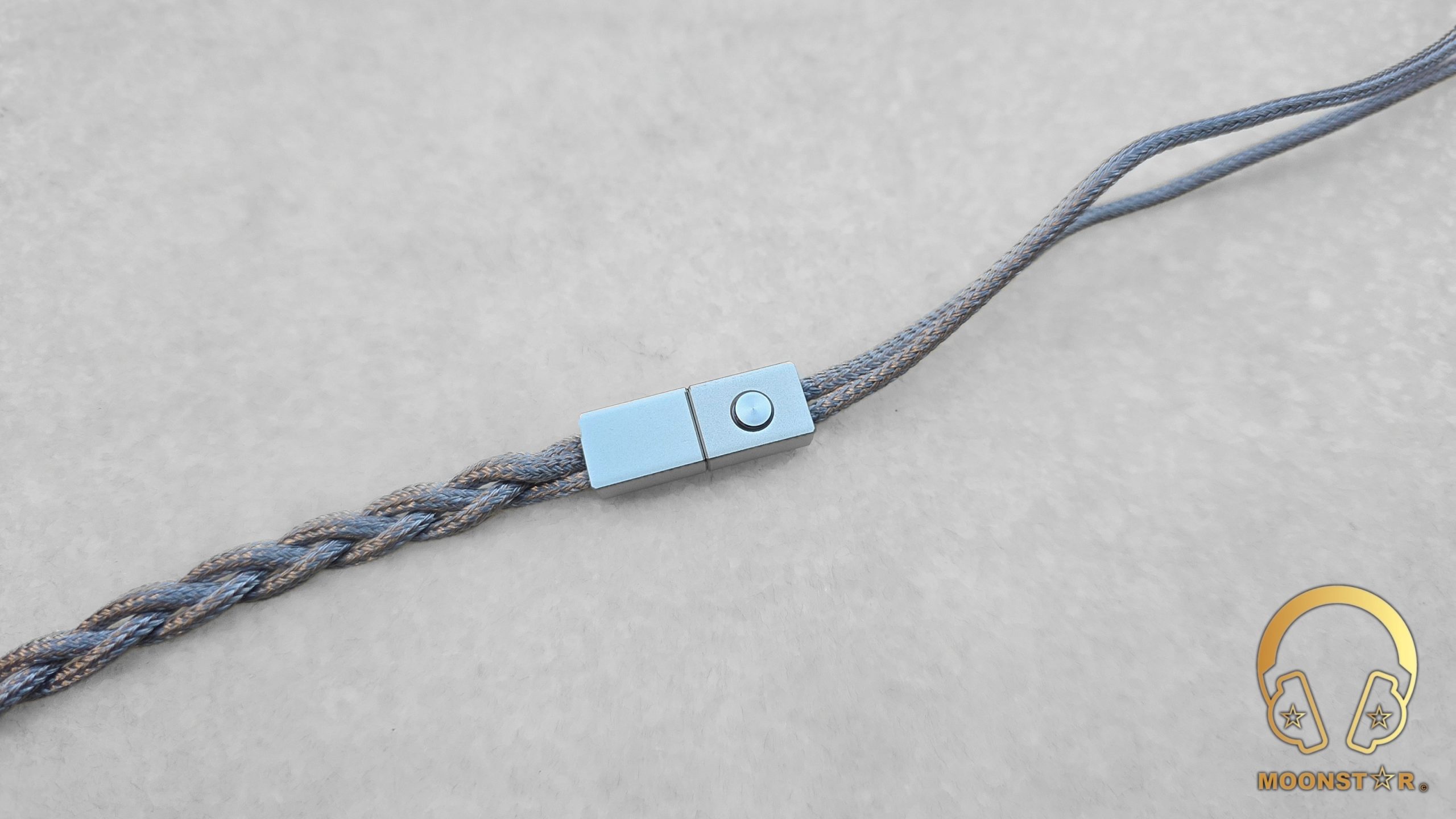
Treble:
The upper midrange is smooth and controlled. It avoids any sharpness or sibilance. In First Aid Kit’s “My Silver Lining,” vocals and strings are clear and pleasant without becoming piercing. The treble region of the Memory is designed to offer a polite and non-fatiguing experience. It features a slight roll-off in the upper frequencies, which contributes to its relaxed and comfortable listening profile. This roll-off ensures that high-frequency elements like cymbals in Rush’s “Leave That Thing Alone” are crisp yet restrained, prioritizing listener comfort over excessive brightness. The treble maintains a subtle sparkle that enhances detail without introducing harshness. It integrates quite decent with the balanced signature, providing a cohesive sound across the frequency spectrum. The tuning avoids any aggressive peaks, ensuring a smooth transition from the midrange into the treble. This makes it particularly well-suited for extended listening sessions, especially with genres like classical or acoustic music where clarity and smoothness are prized. While it lacks the airy extension found in more analytical IEMs, the Memory’s treble excels in delivering a refined and controlled presentation. It offers enough detail to appreciate fine nuances in high-frequency instruments such as violins or hi-hats, though it does not push the boundaries of treble extension. This balanced approach ensures the treble complements the overall cmooth and musical character of the IEM, making it a versatile choice for a wide range of listeners.
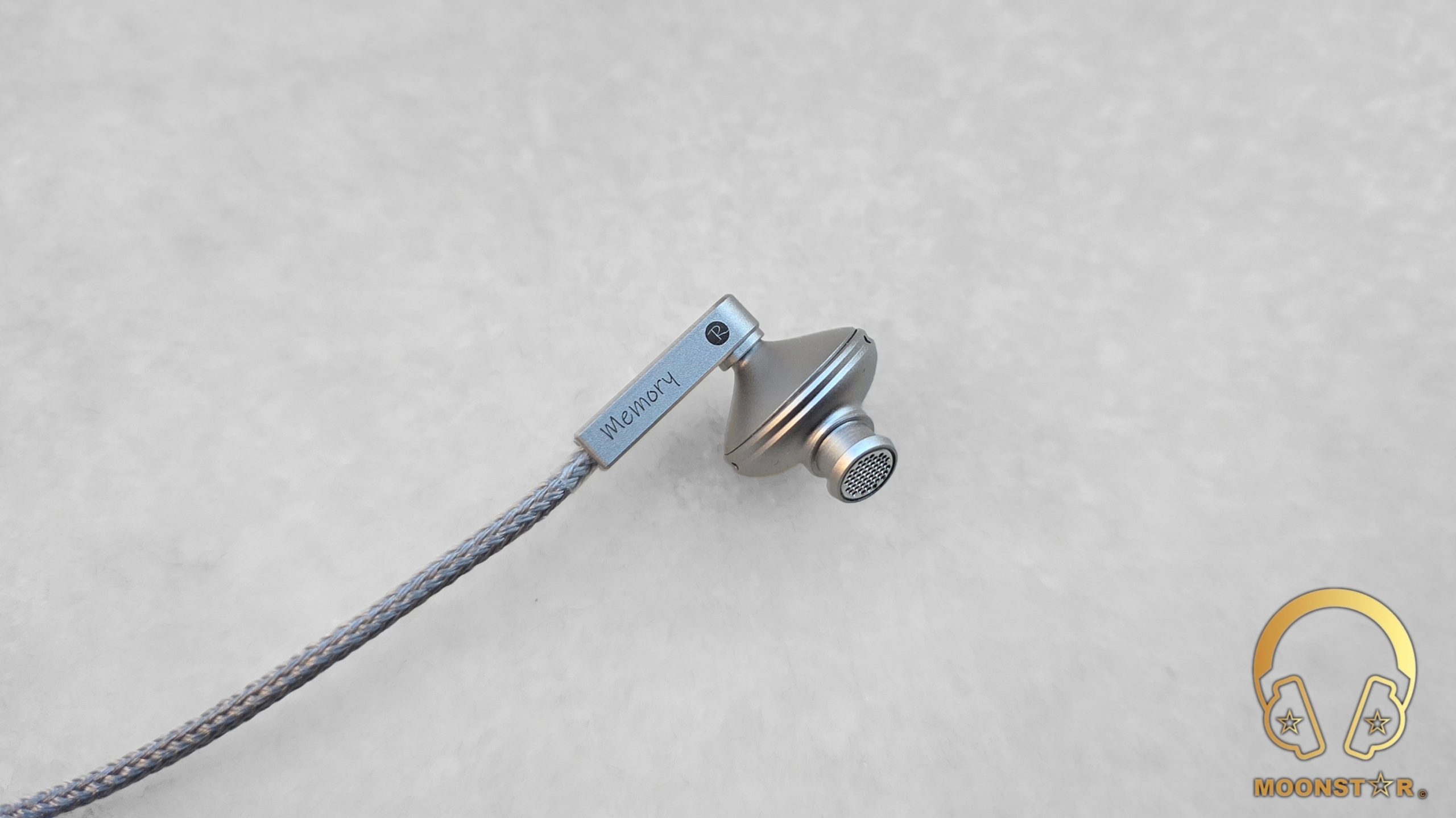
Soundstage & Imaging:
The Memory’s soundstage is moderately wide. It has a touch more width than depth. This creates a balanced and engaging presentation. The imaging is accurate. It allows easy identification of elements in complex tracks. The stage provides a well-layered experience. This makes it effective for both music and gaming.
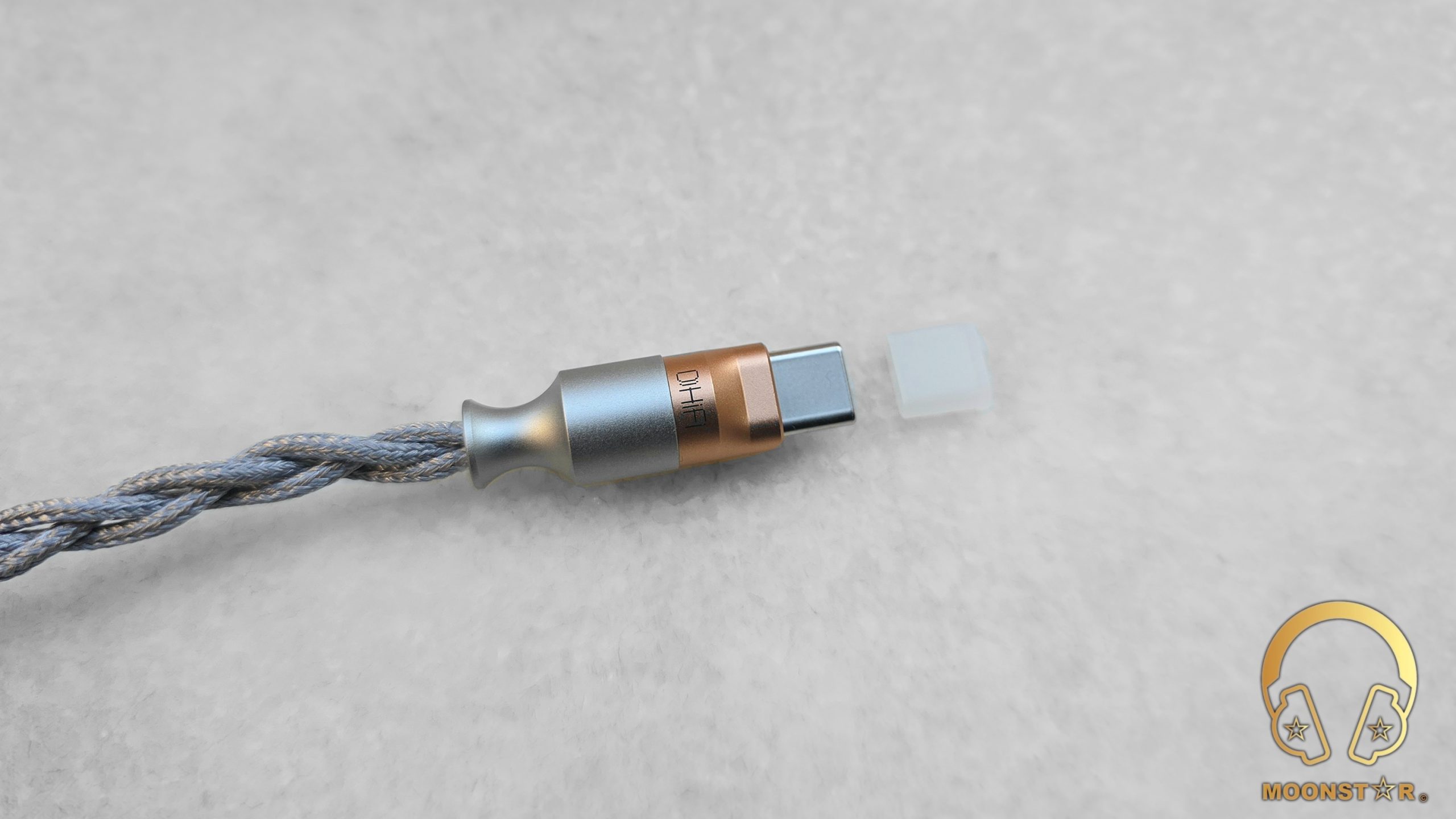
Comparison:
ddHiFi Memory versus DUNU Titan 6:
The DUNU Titan 6, an IEM with a V-shaped sound signature, contrasts with the Memory’s warmer, more balanced tuning. The Titan 6 reveals a bold and deep bass with a warm, soft subbass that offers good depth and control. Its extension is average compared to the Memory’s more refined rumble. The Titan 6’s midbass is punchier and more dominant. It delivers an energetic slam with pronounced cross drums, bassy snares, and warm bass guitars. The Memory maintains a smoother, less aggressive low-end that prioritizes clarity over intensity. This makes the Titan 6 ideal for pop, EDM, hip-hop, and rap. The Memory excels in jazz and rock with its controlled yet musical bass. In the midrange, the Titan 6’s slight recession due to its V-shape results in a warm, full-bodied, and sweet tonality with moderate transparency. Male vocals gain depth and vibrancy. Female vocals shine with emotional detail and softness, free of sibilance. The Memory pushes its midrange forward with a lush, natural presentation. It offers greater emotional engagement, higher resolution, and enhanced detail retrieval for both male and female vocals compared to the Titan 6’s upper midrange peak around 5 kHz. The Memory’s instruments, like pianos and guitars, benefit from a more airy and detailed timbre. The Titan 6 leans toward a bold, soft instrument presentation with minimal airiness. The Titan 6’s treble is laid-back and forgiving. It lacks the brightness and extension of hi-hats or cymbals in metal that the Memory offers. The Memory’s treble is polite and non-fatiguing with a slight roll-off. It integrates decent with its mildly warm signature and offers greater airiness and detail. Soundstage-wise, the Memory provides a more spacious and airy presentation with superior imaging. This surpasses the Titan 6’s moderately sized stage with slightly better depth. Ultimately, the Memory suits listeners seeking a cohesive, detailed, and airy musical experience. The Titan 6 appeals to those favoring a fun, energetic profile.
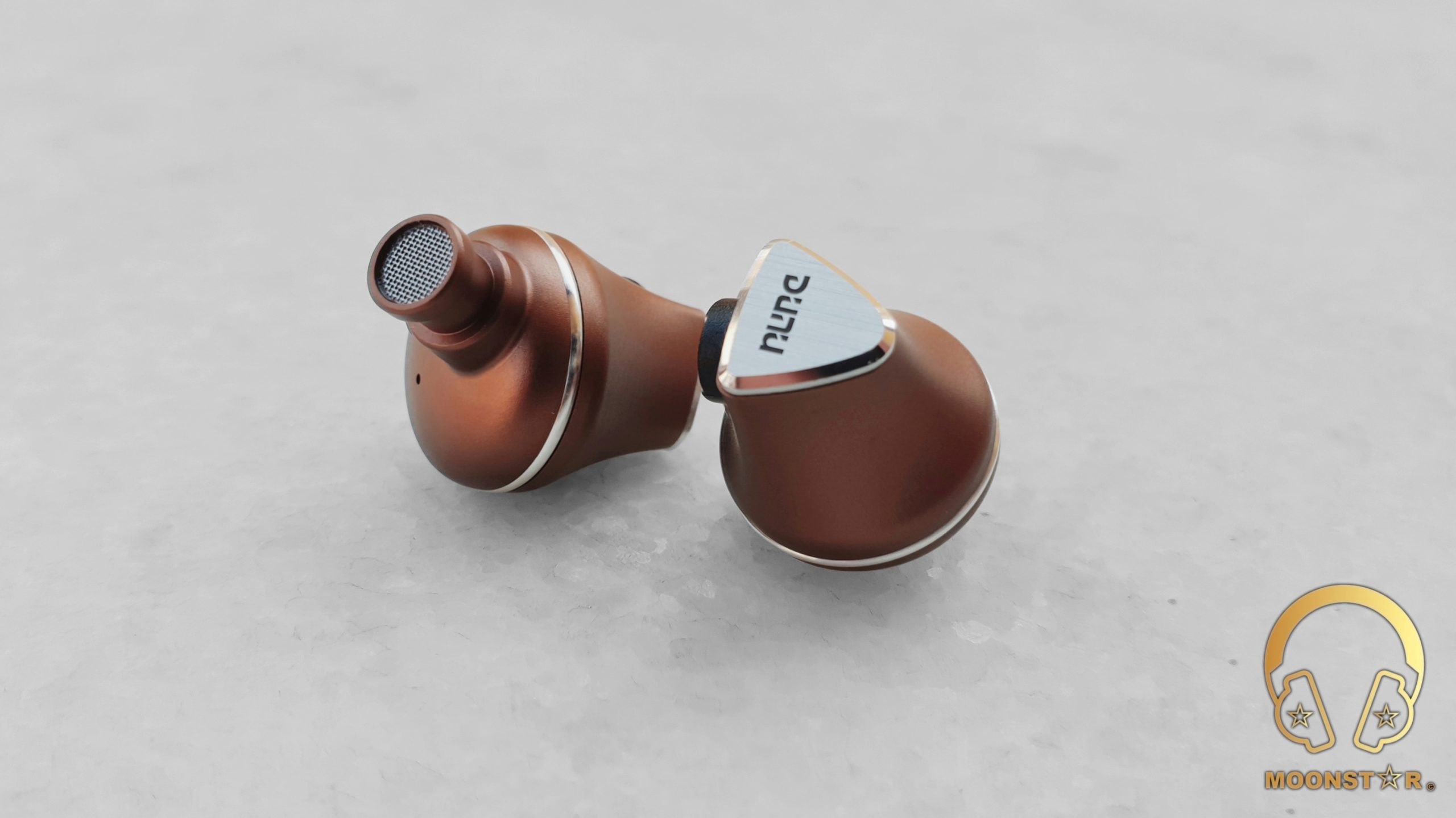
Conclusion:
The ddHiFi Memory is a well-crafted IEM that blends portability, premium construction, and a balanced, musical sound. With its integrated DAC, comfortable fit, and retro-inspired case, it’s a great choice for commuters, travelers, or anyone who wants high-quality audio without extra gear. While the included accessories could be more generous, the Memory’s smooth, engaging sound and robust build make it a standout in its price range. It’s a testament to the ability to create a cohesive and enjoyable listening experience.

Pros & Cons:
- + Well-balanced, musical sound profile
- + Smooth, non-fatiguing treble
- + Rich midrange tunning
- + Fairly Deep and controlled subbass
- + Premium aluminum build.
- + Comfortable semi-in-ear design
- + Integrated high-res DAC
- + Stylish protective case
- – Limited variety of included ear tips
- – Soundstage width is moderate
- – No APP for customization options
Thank you for the Read!






























